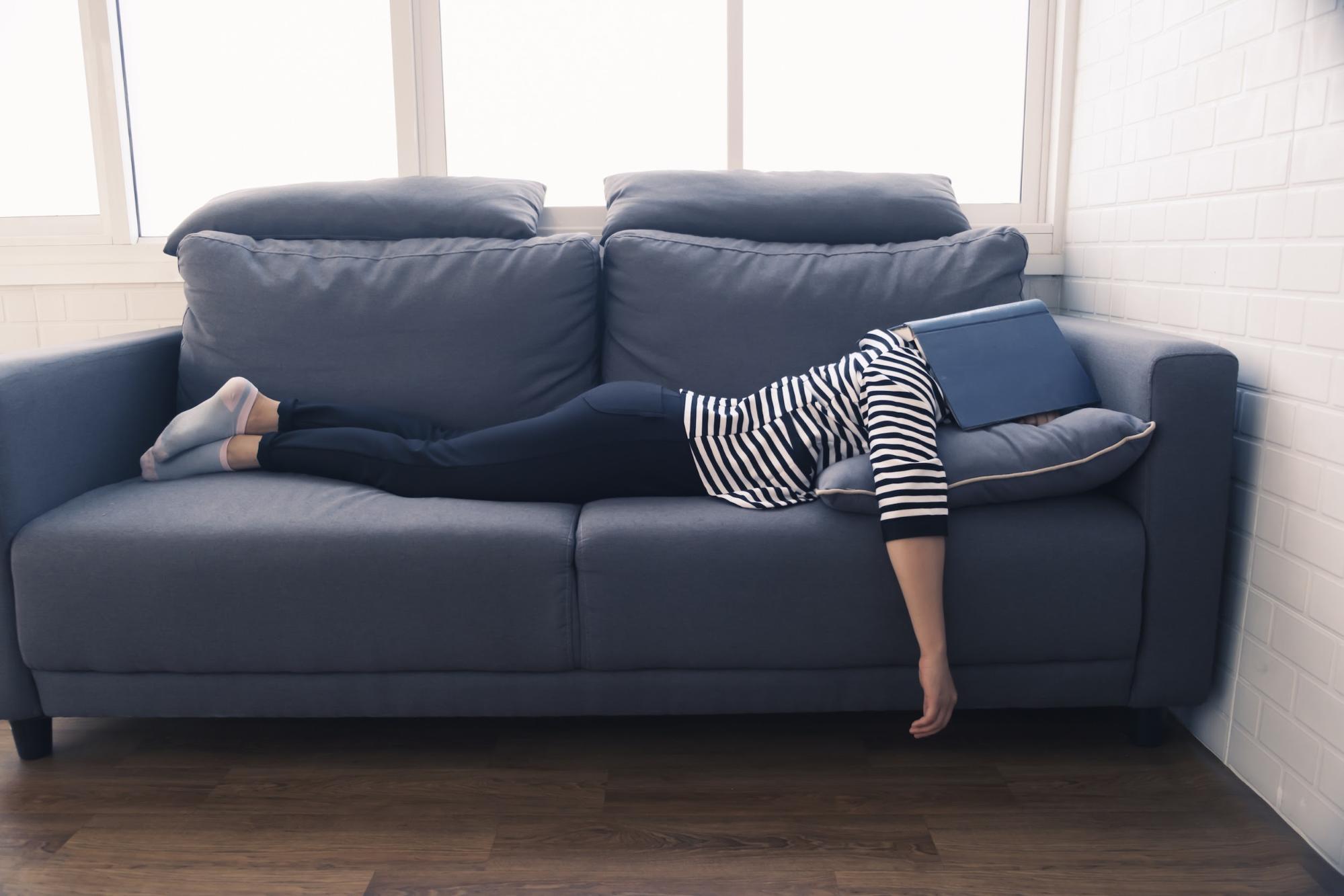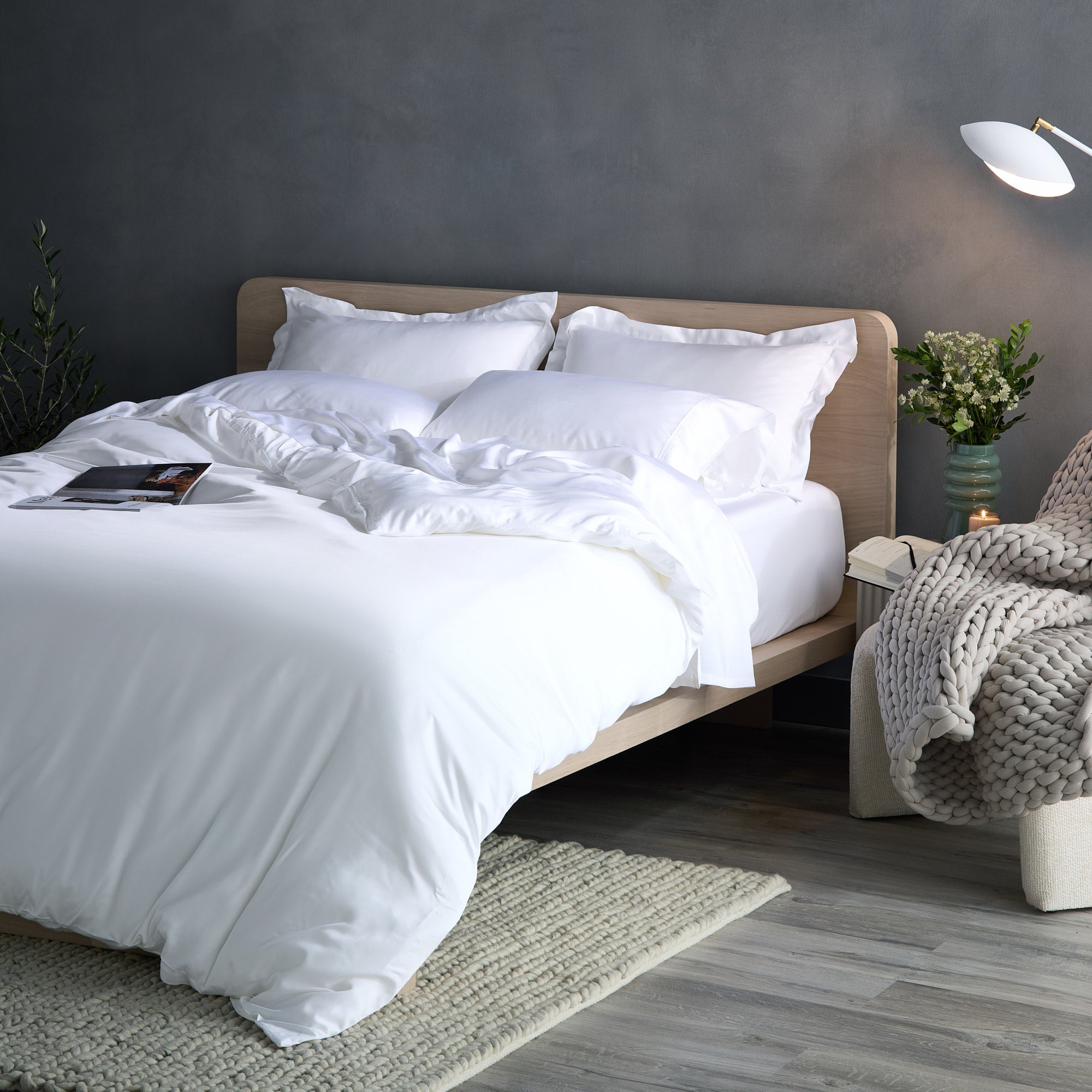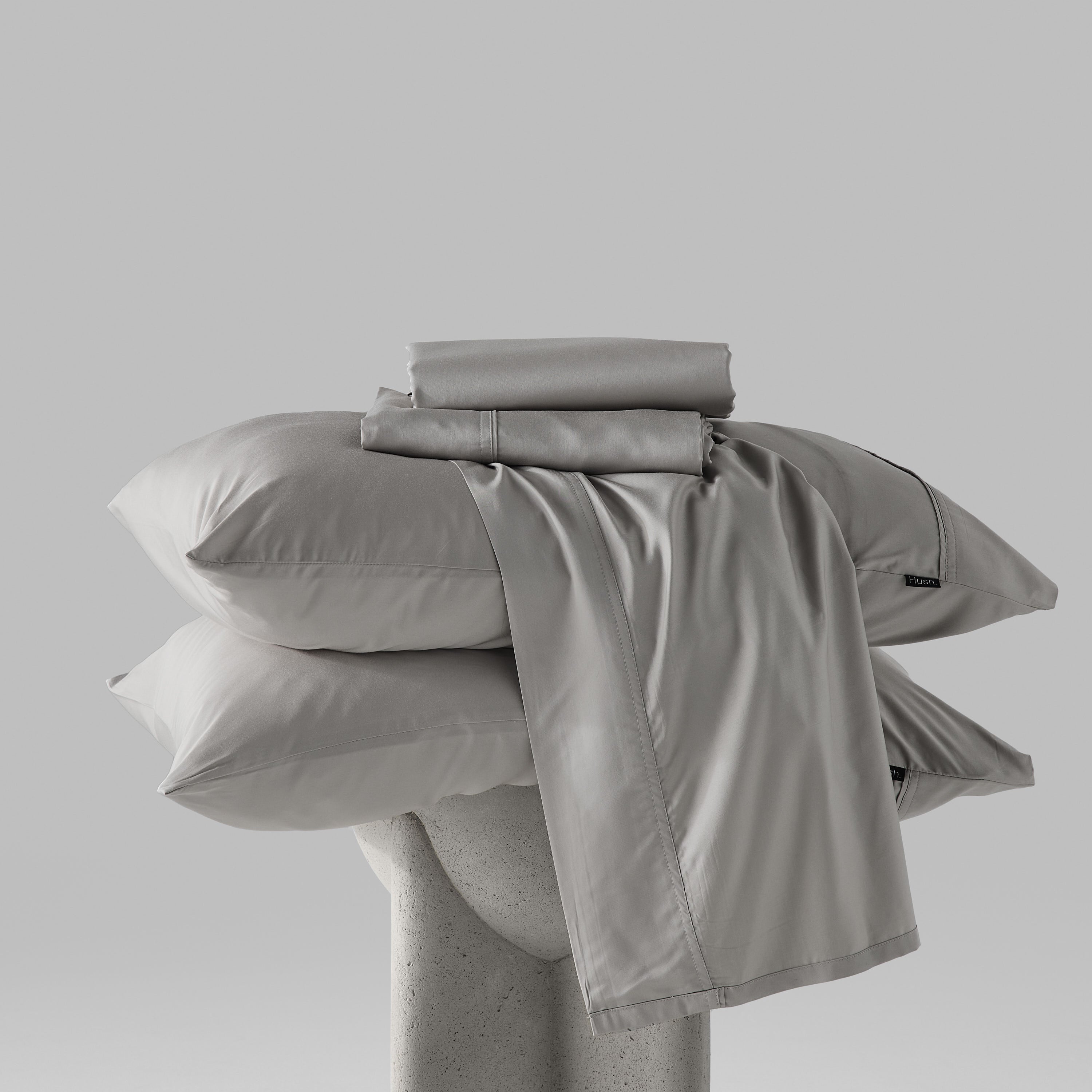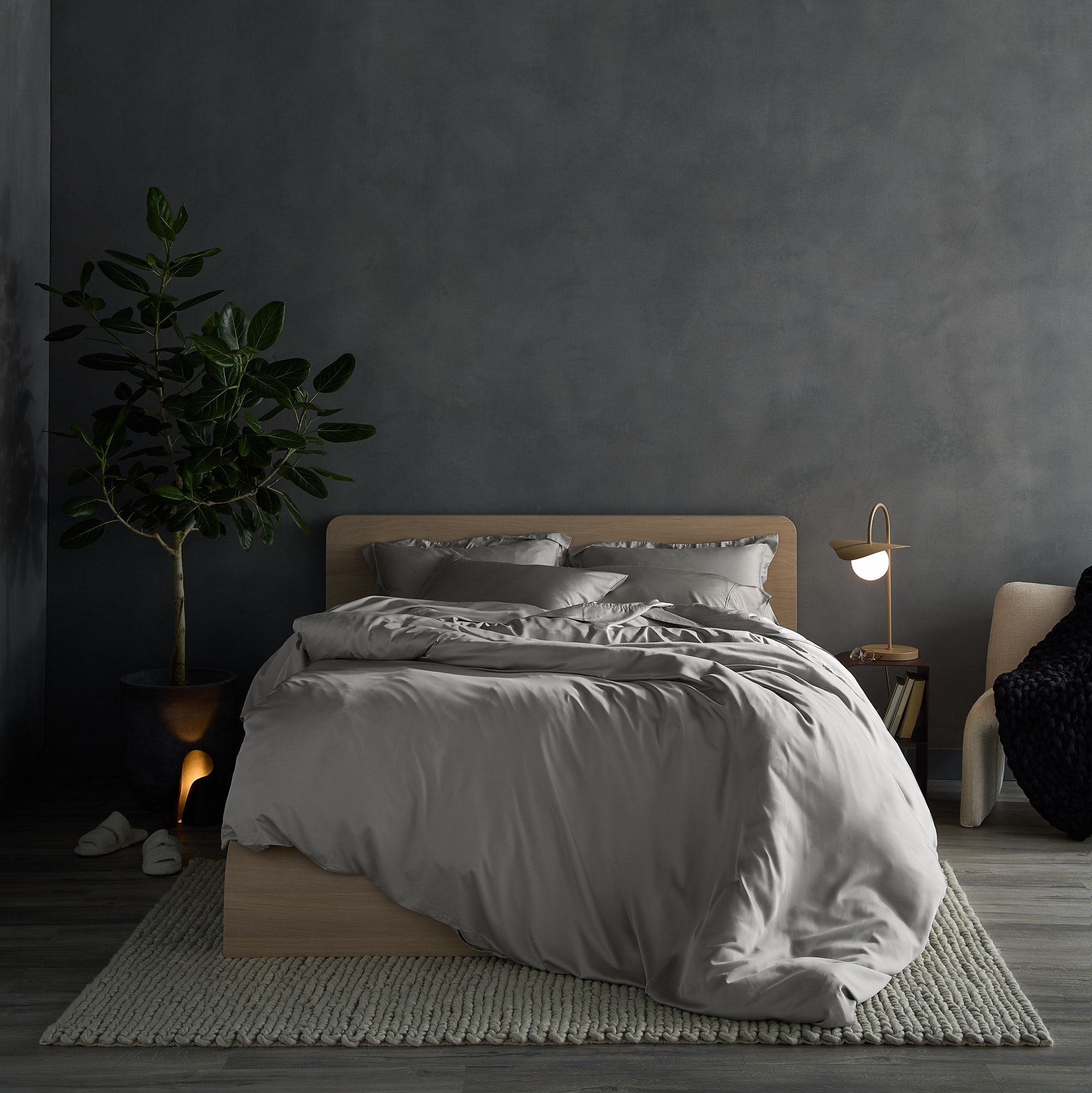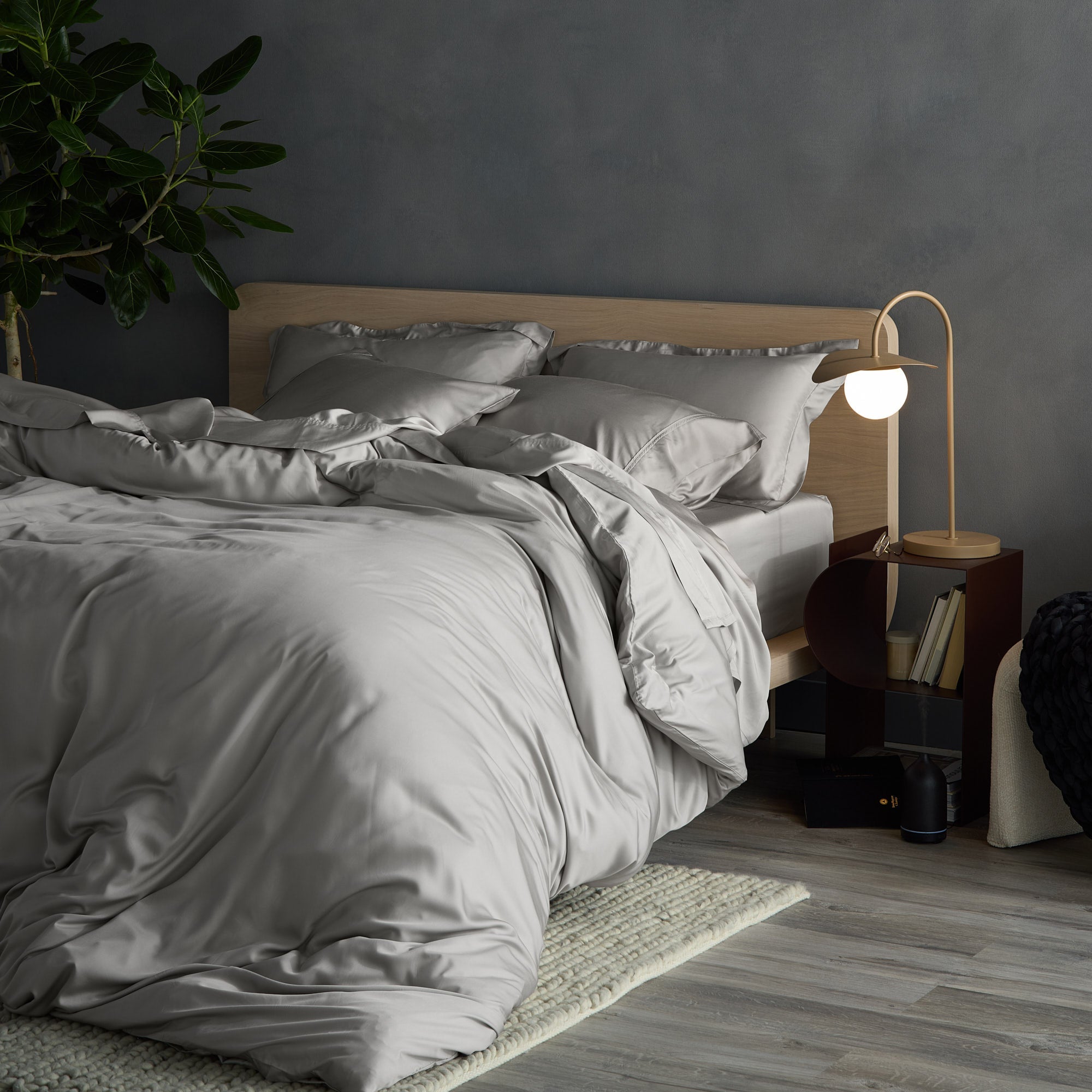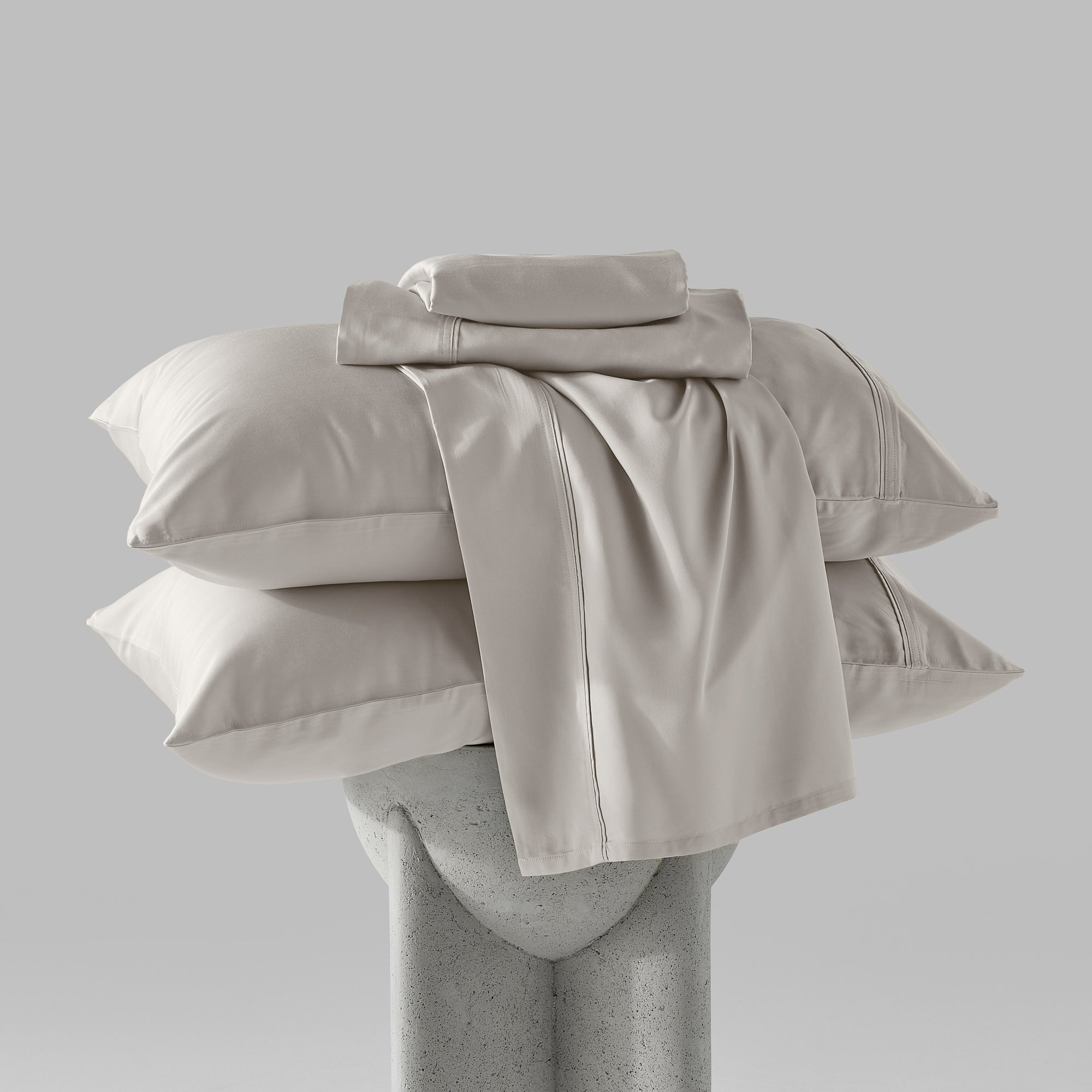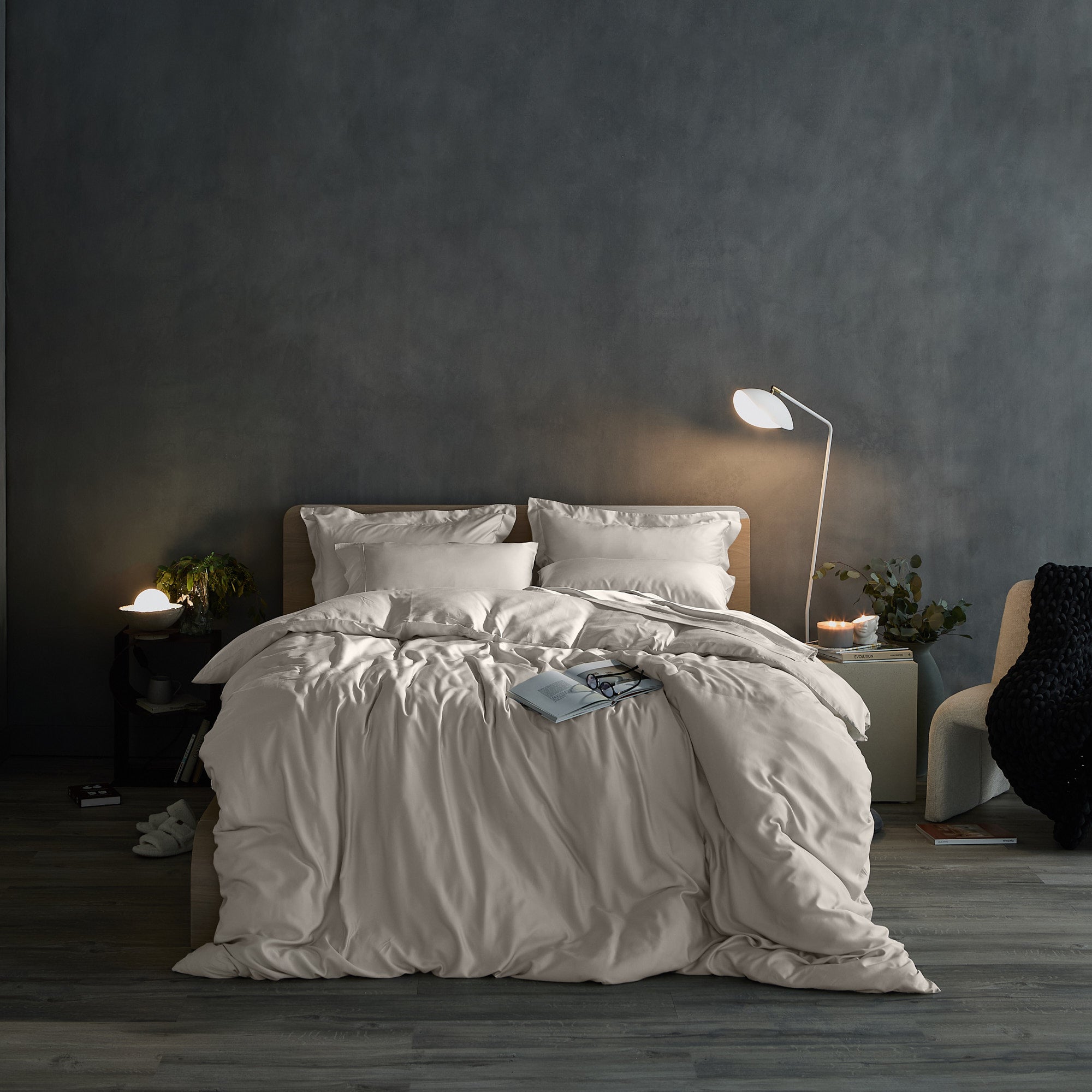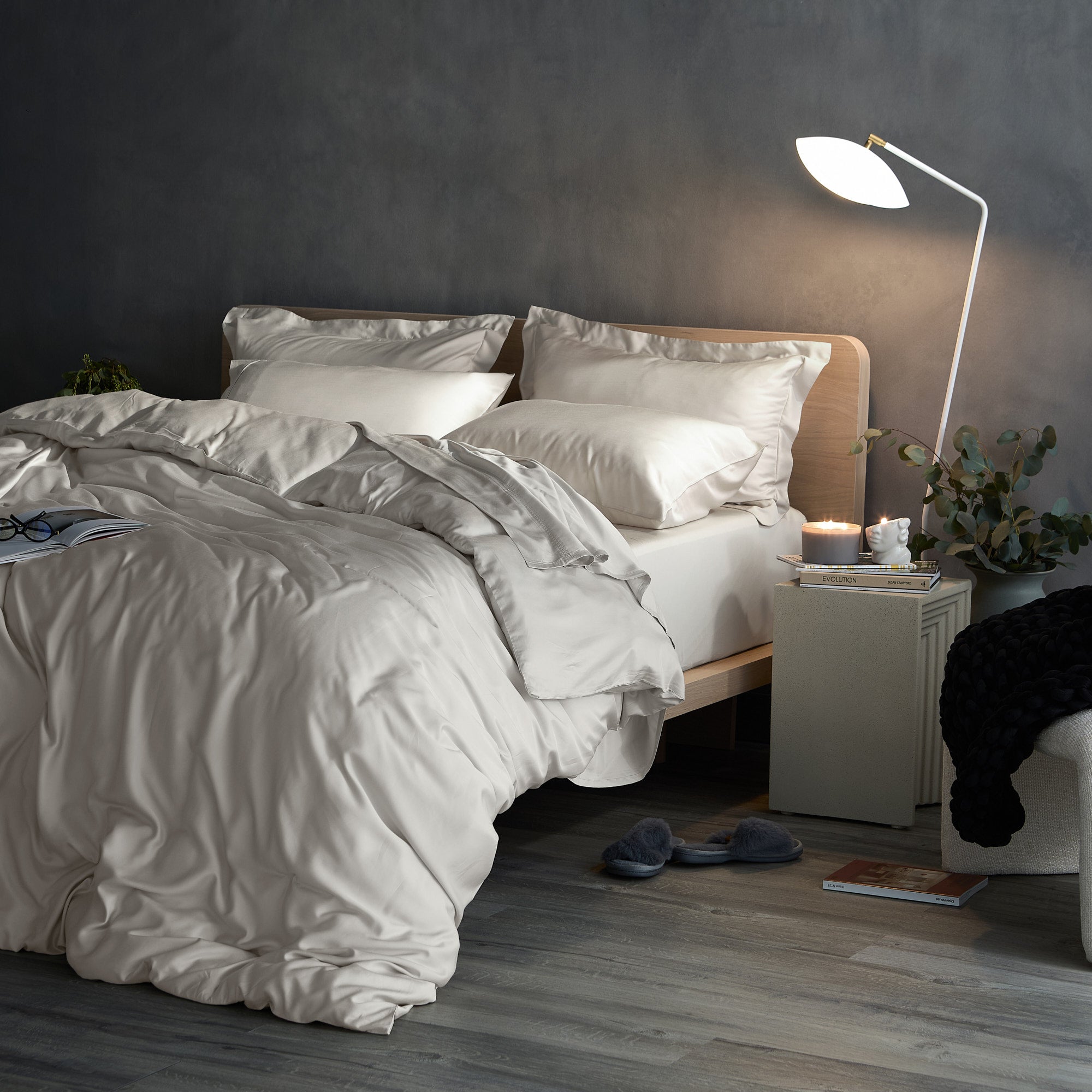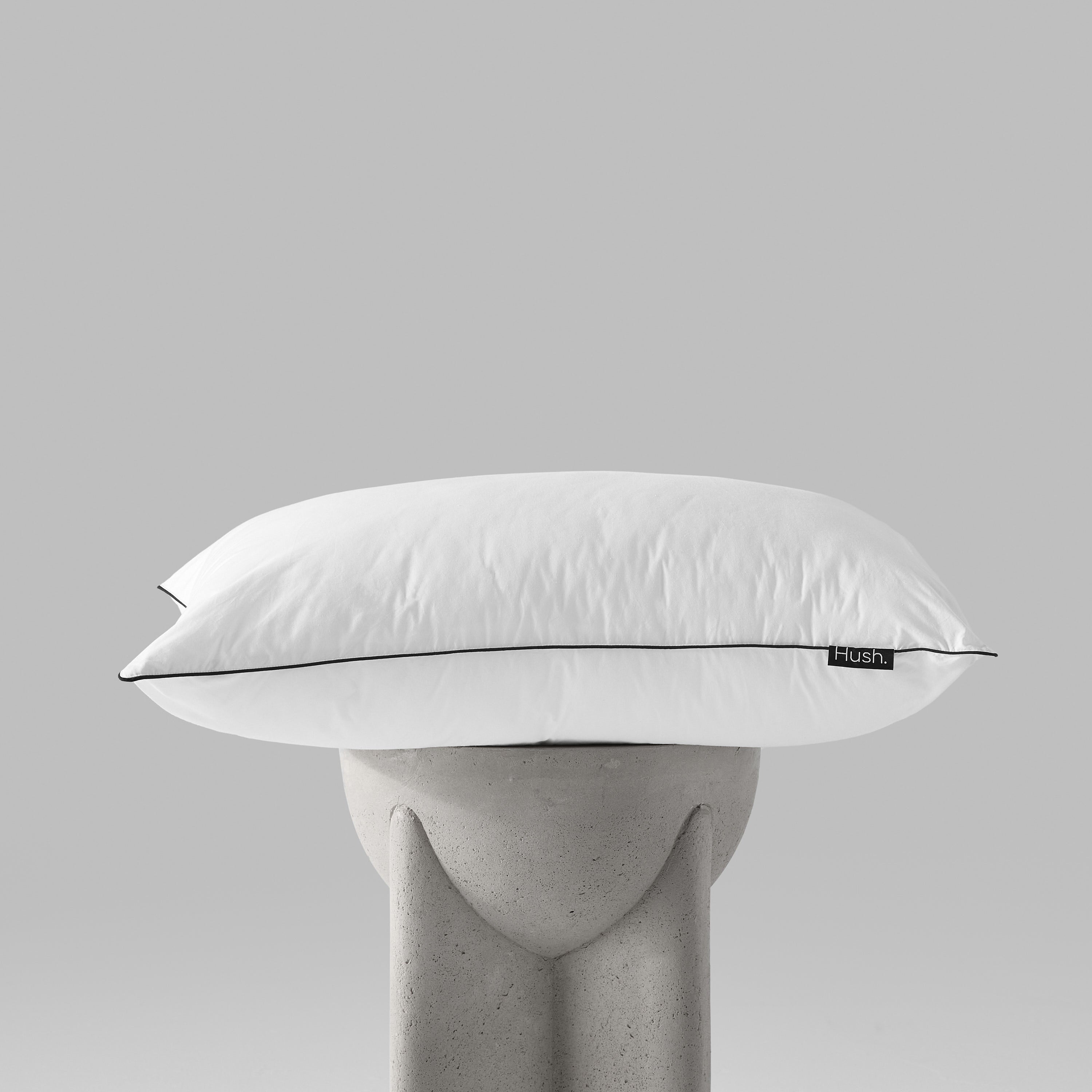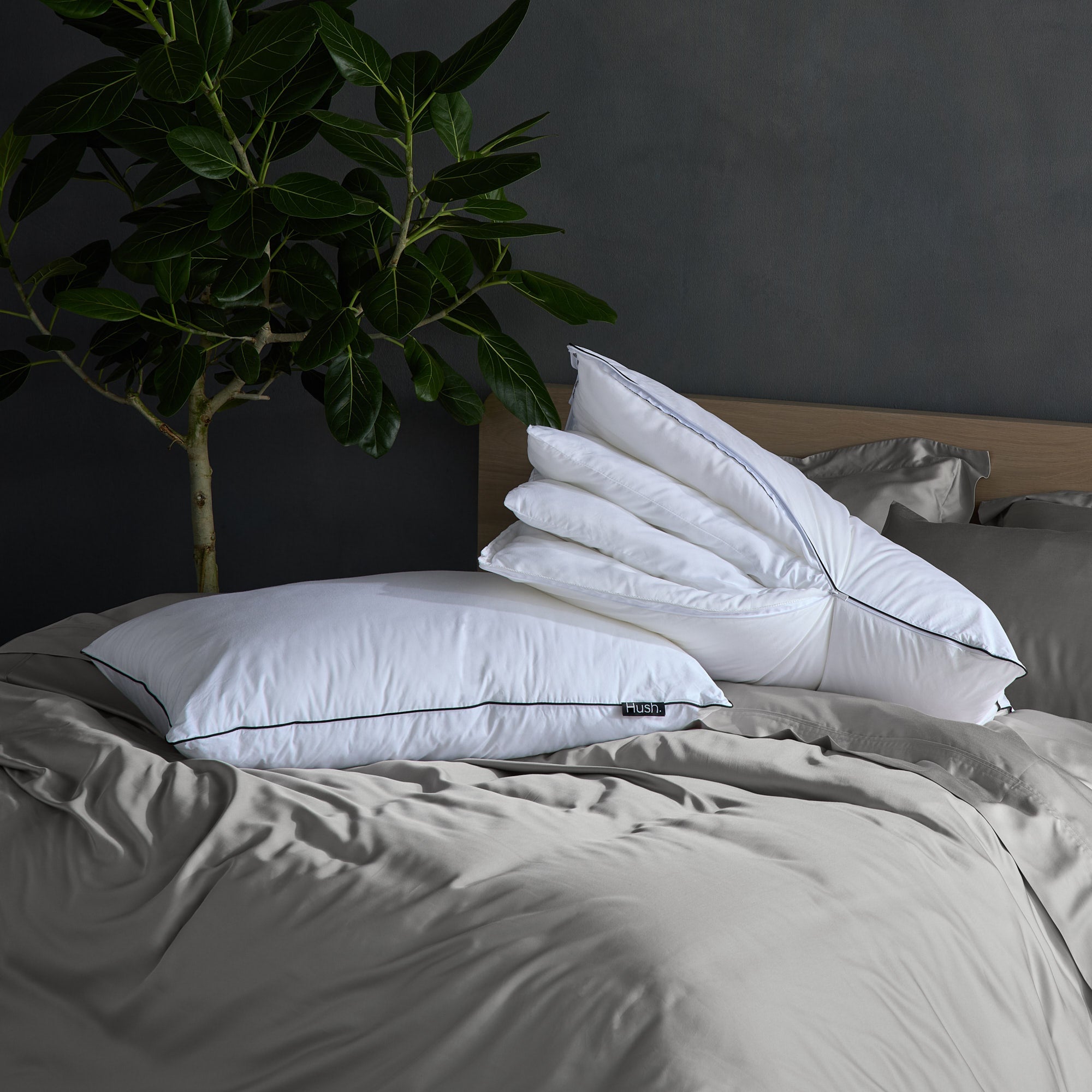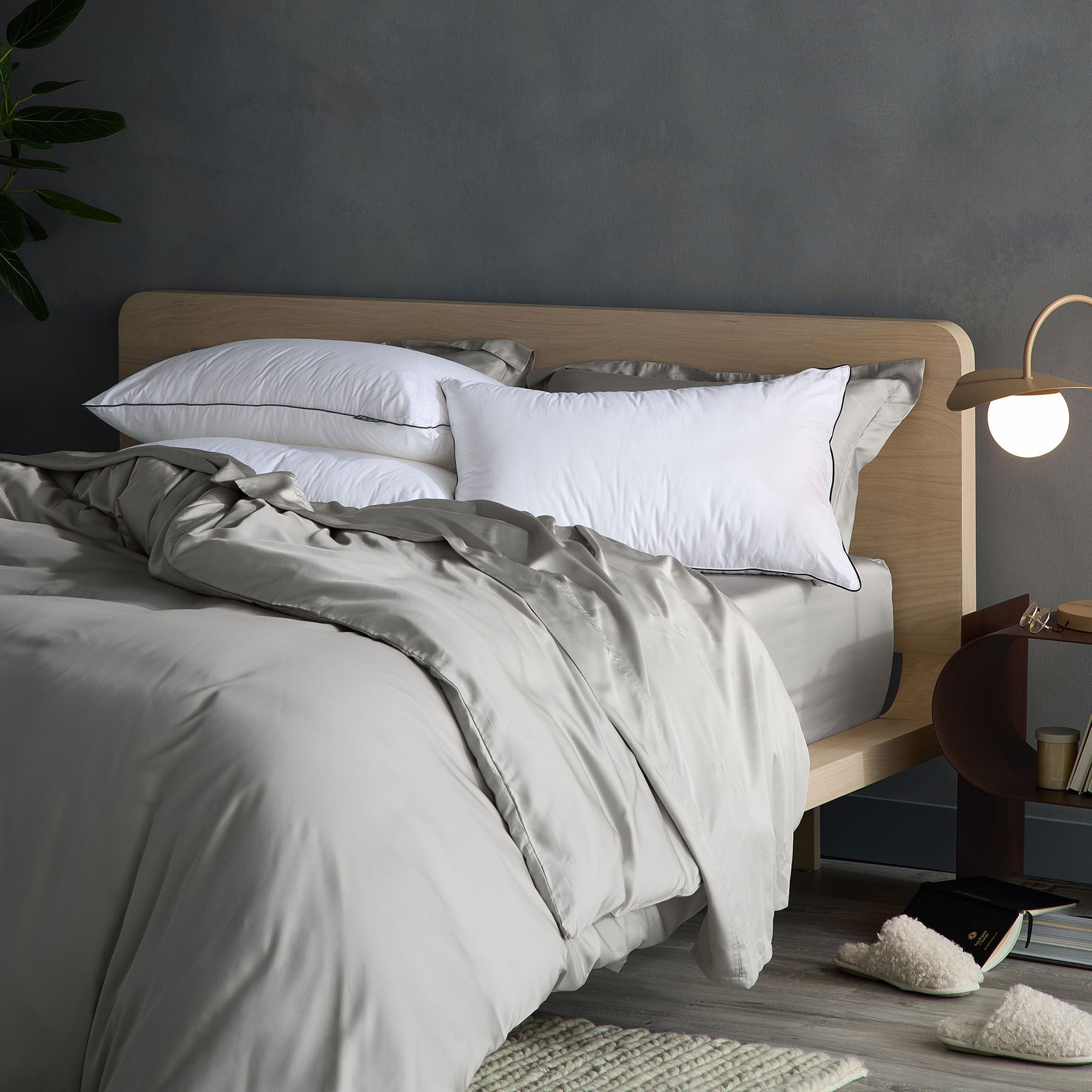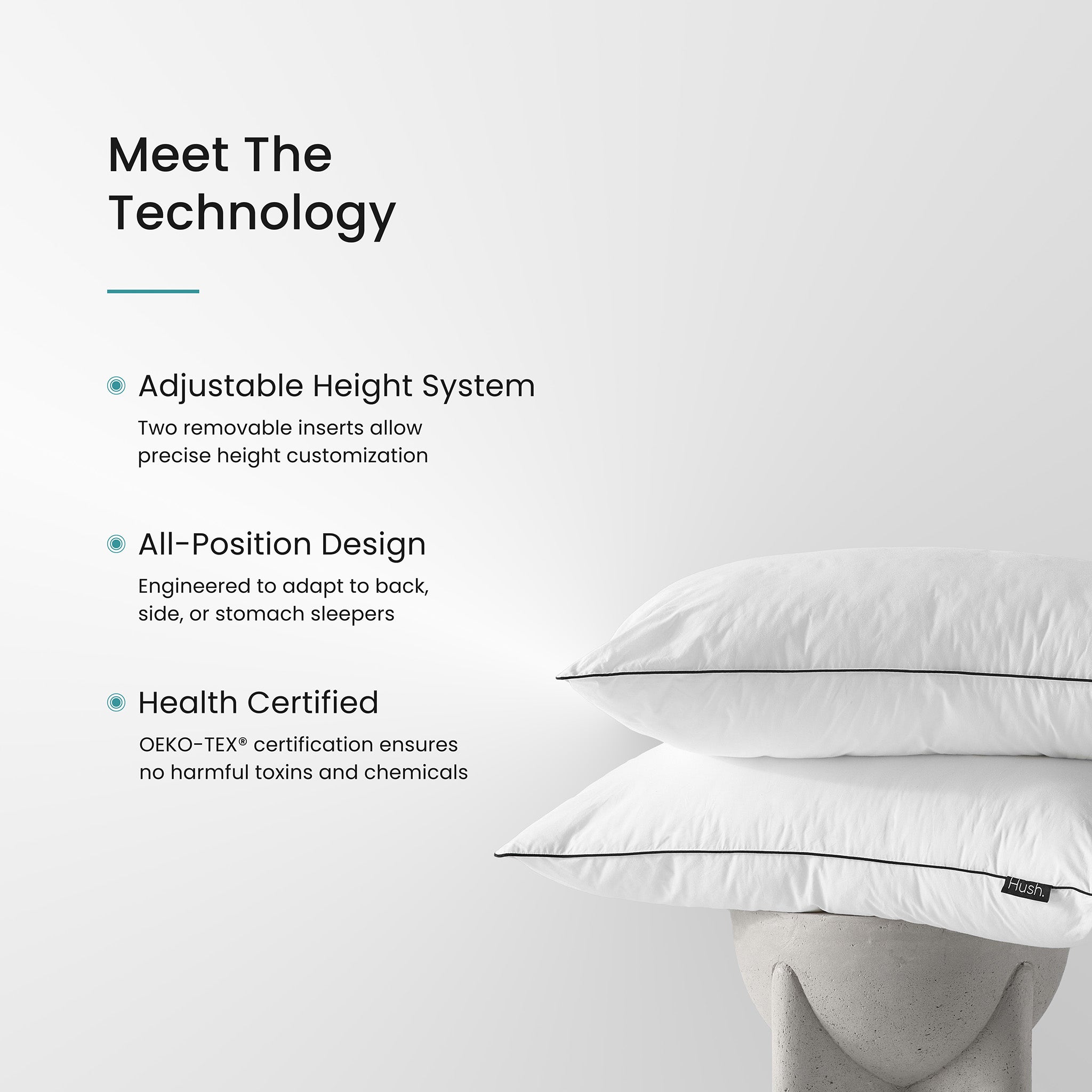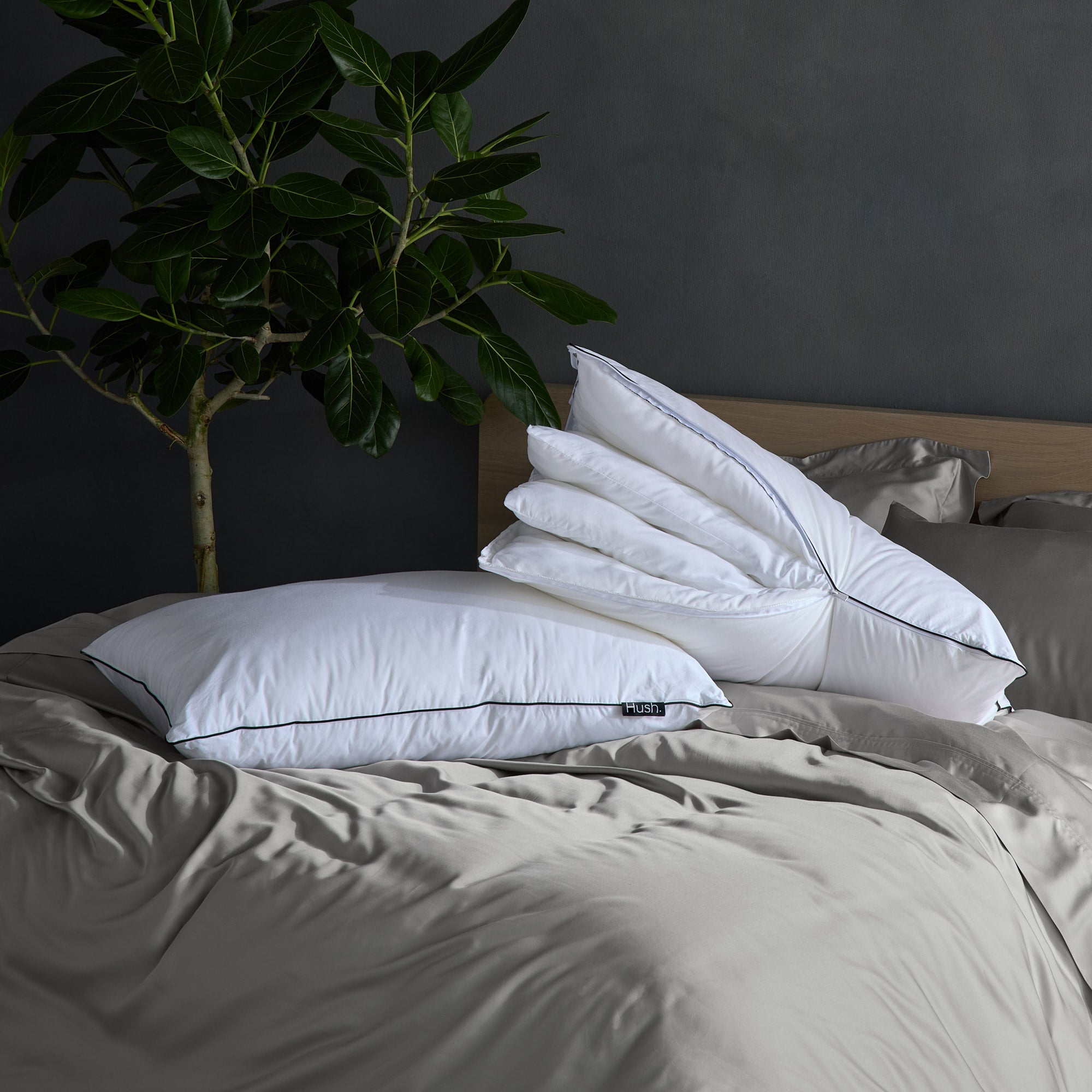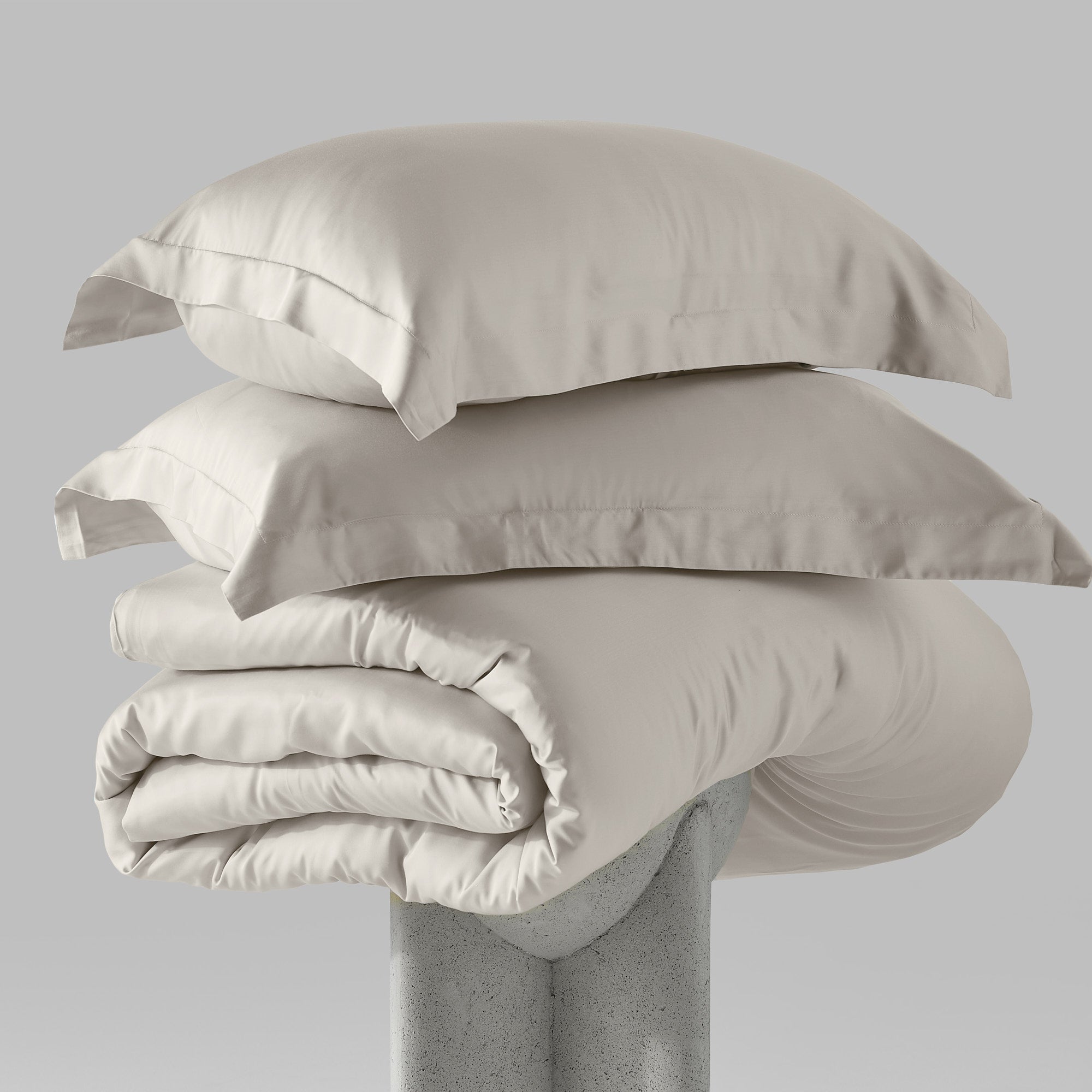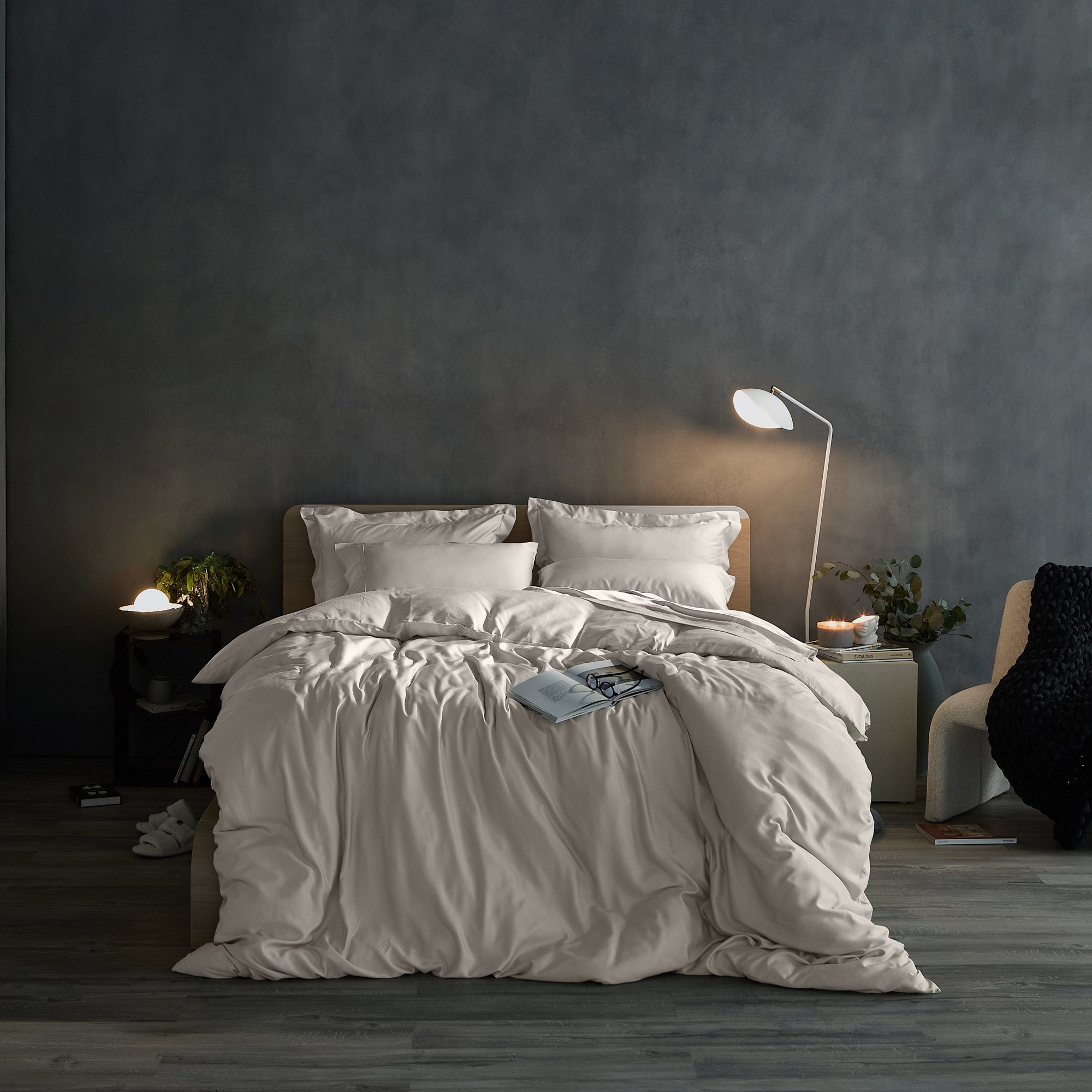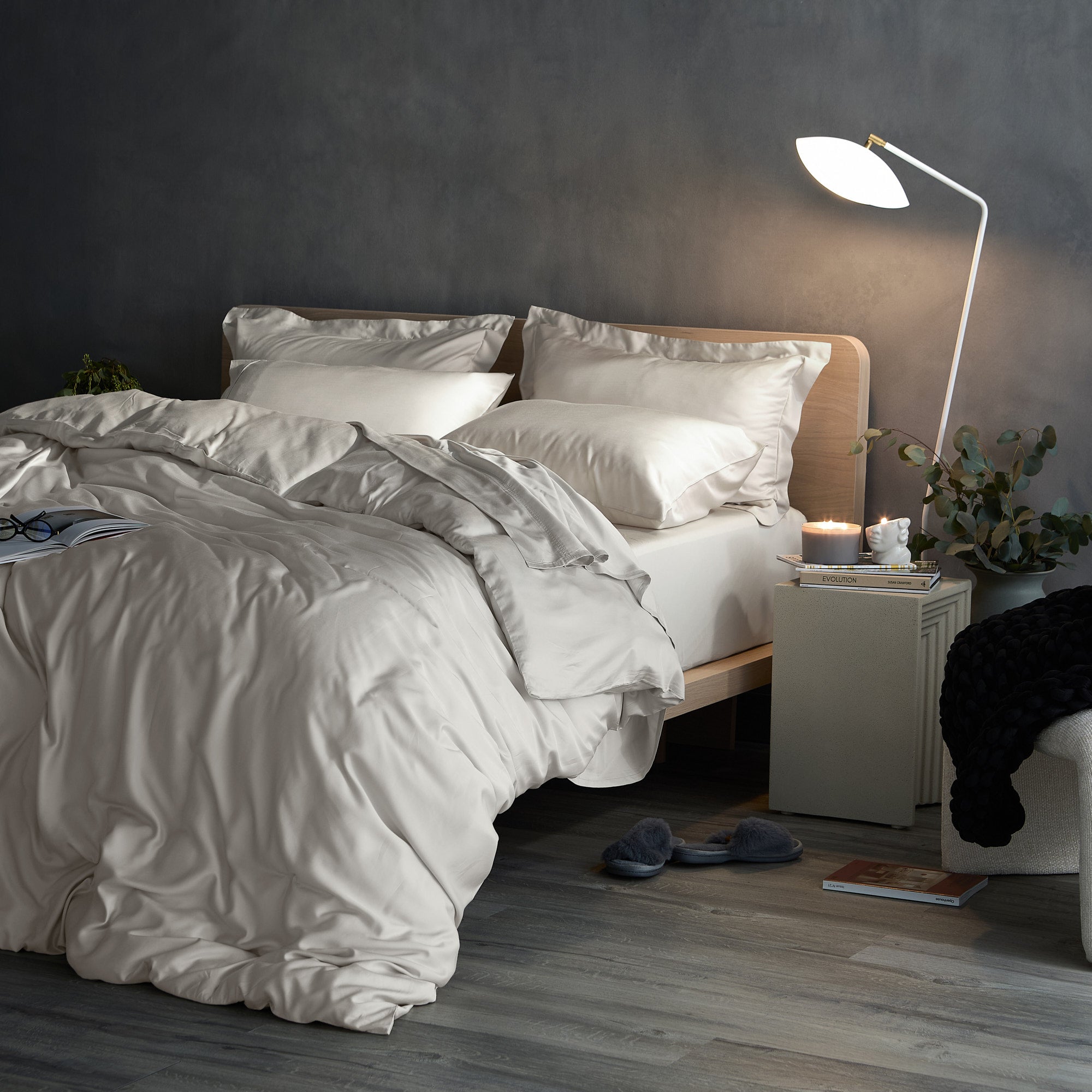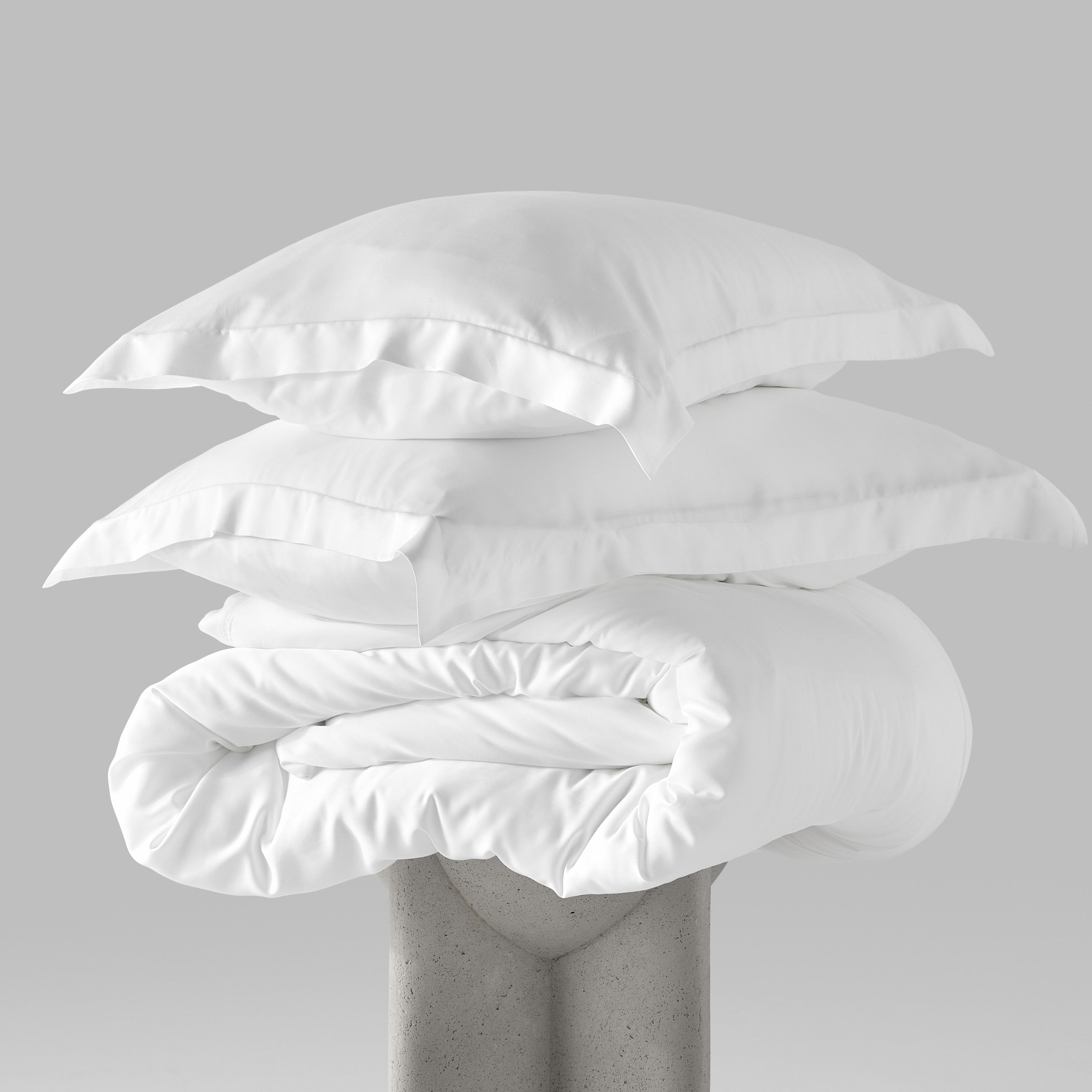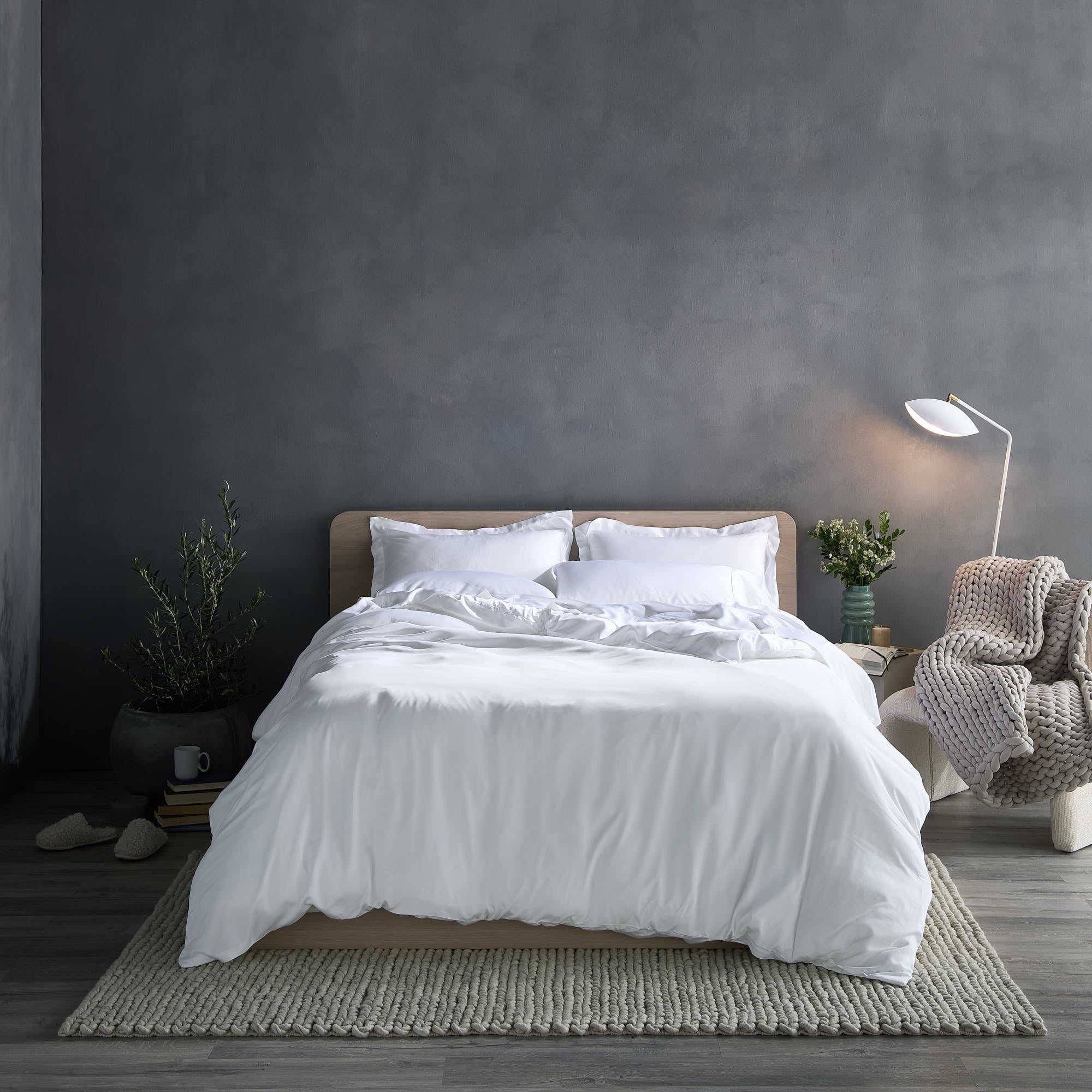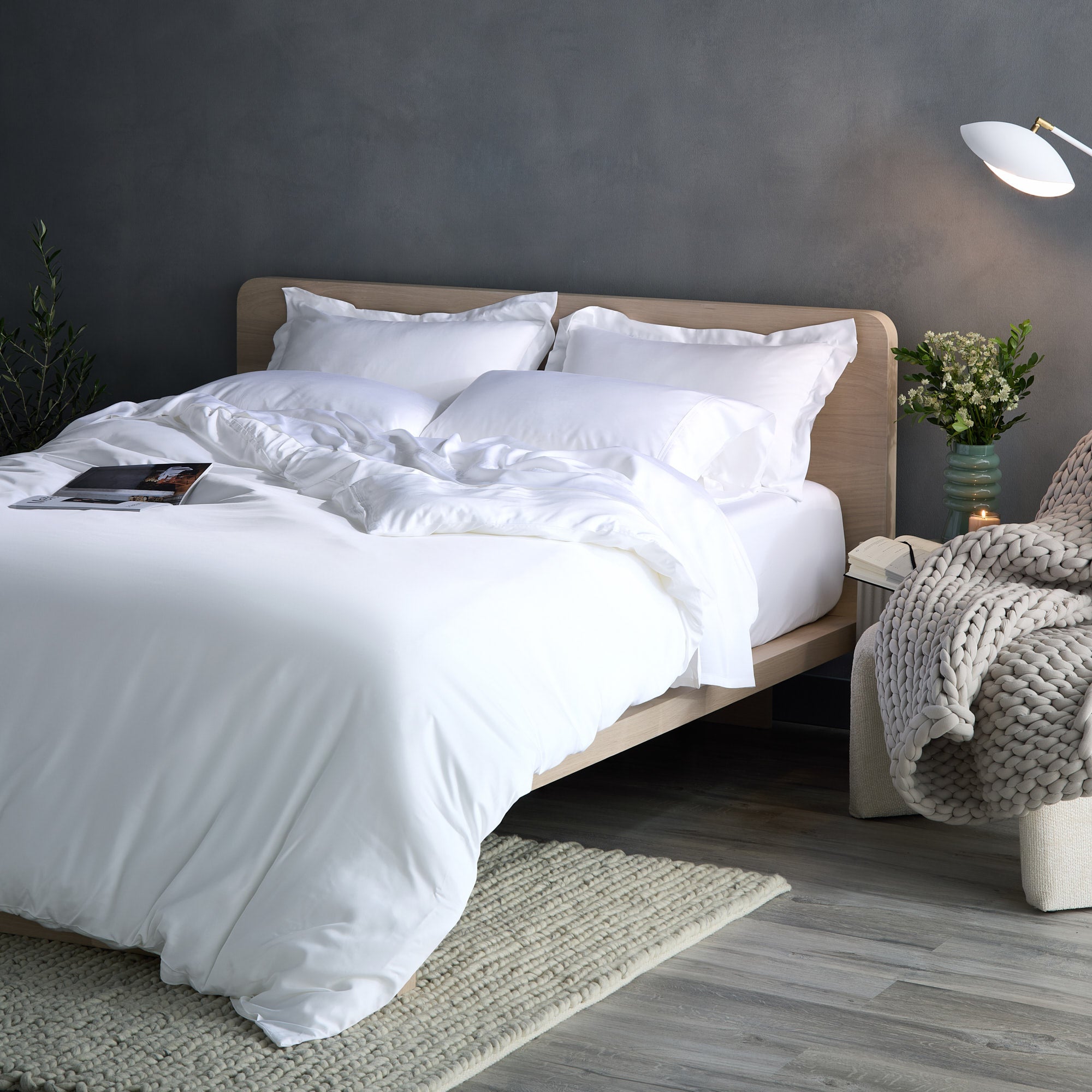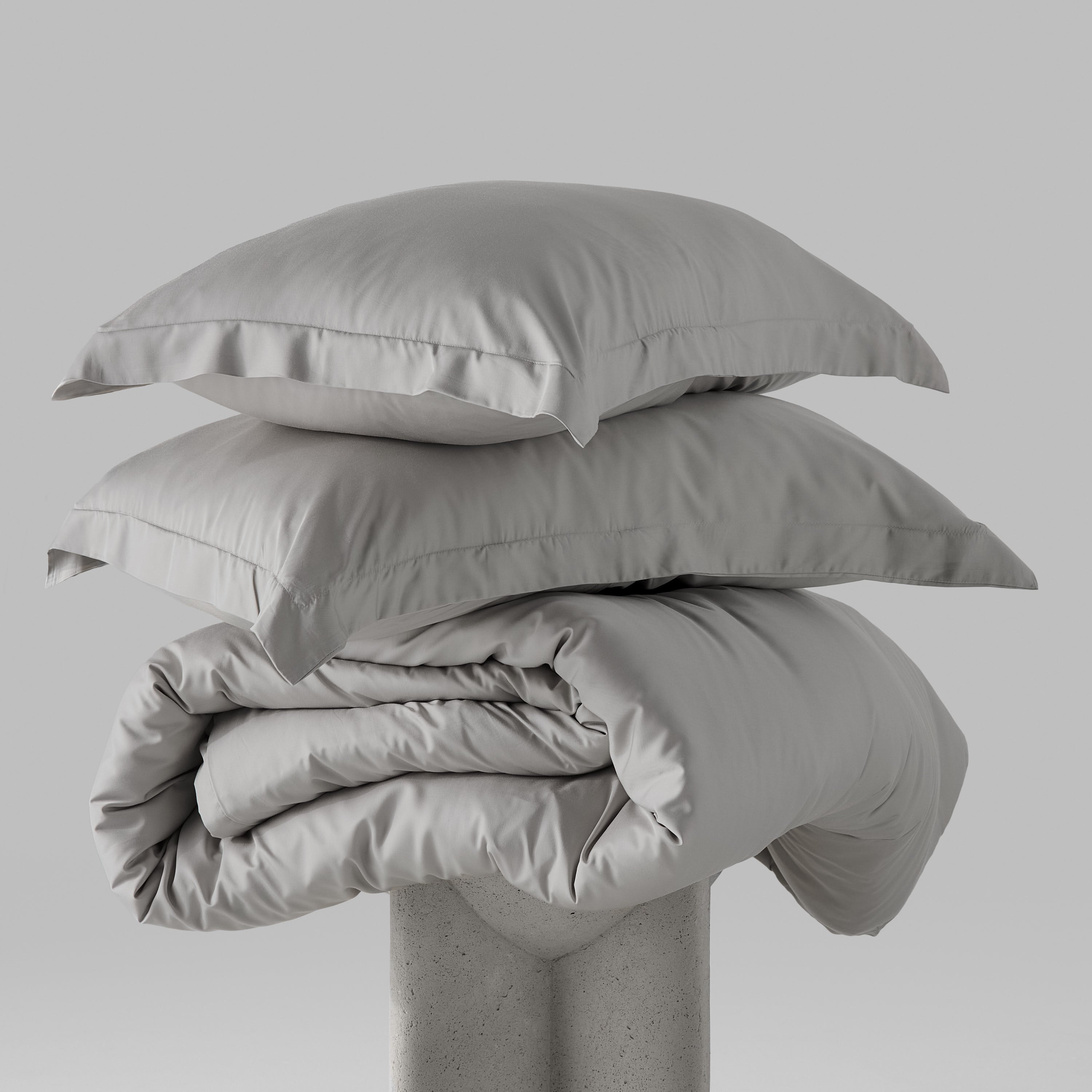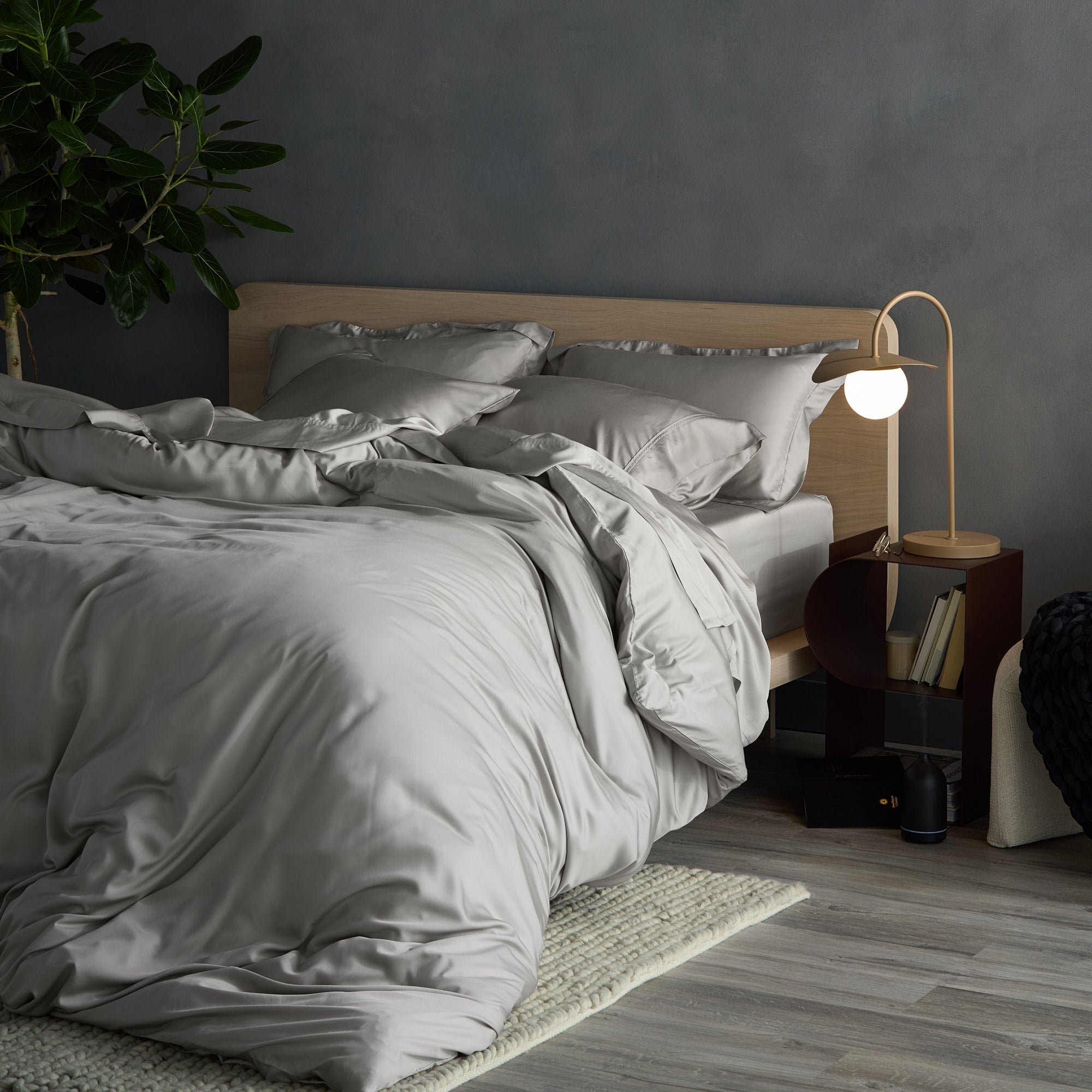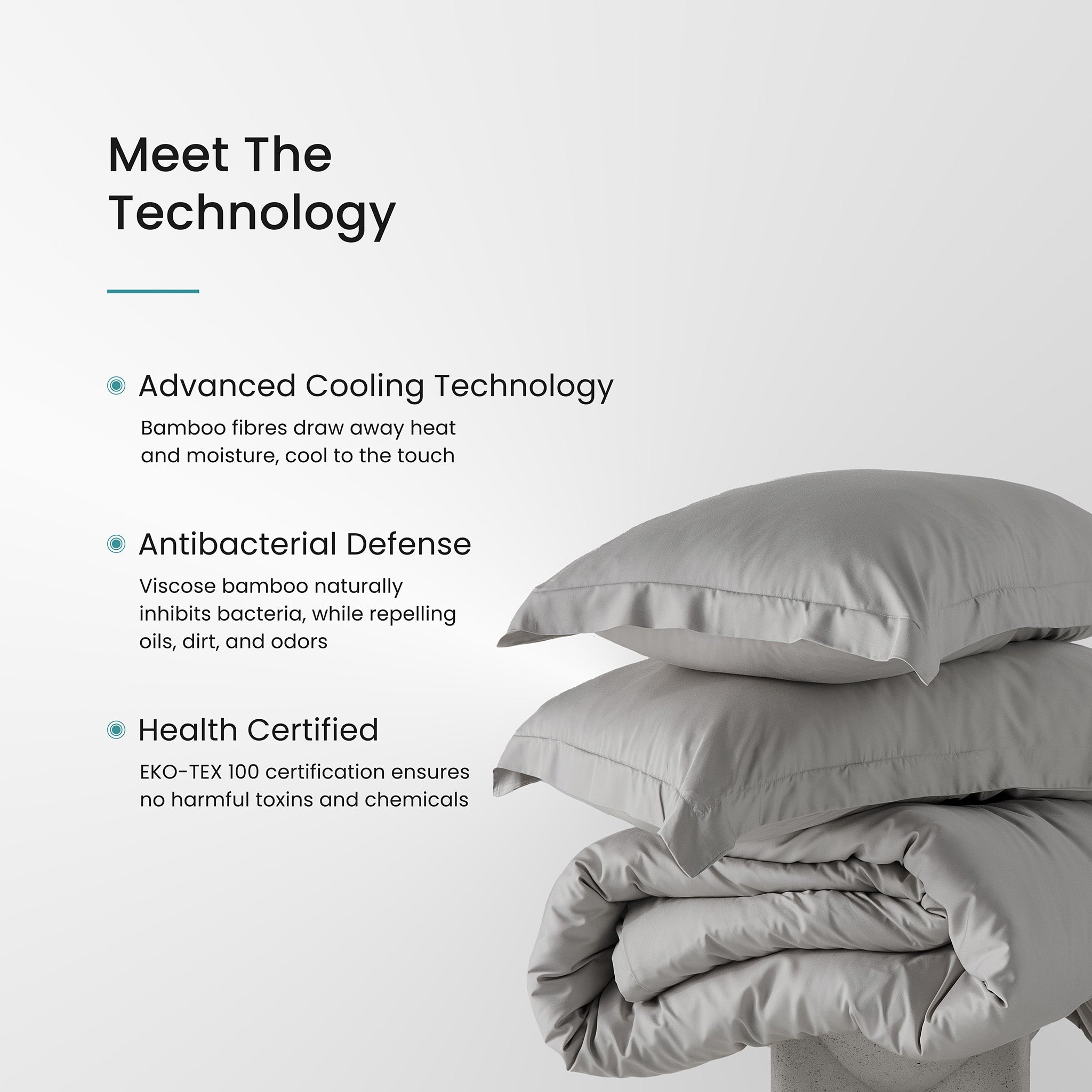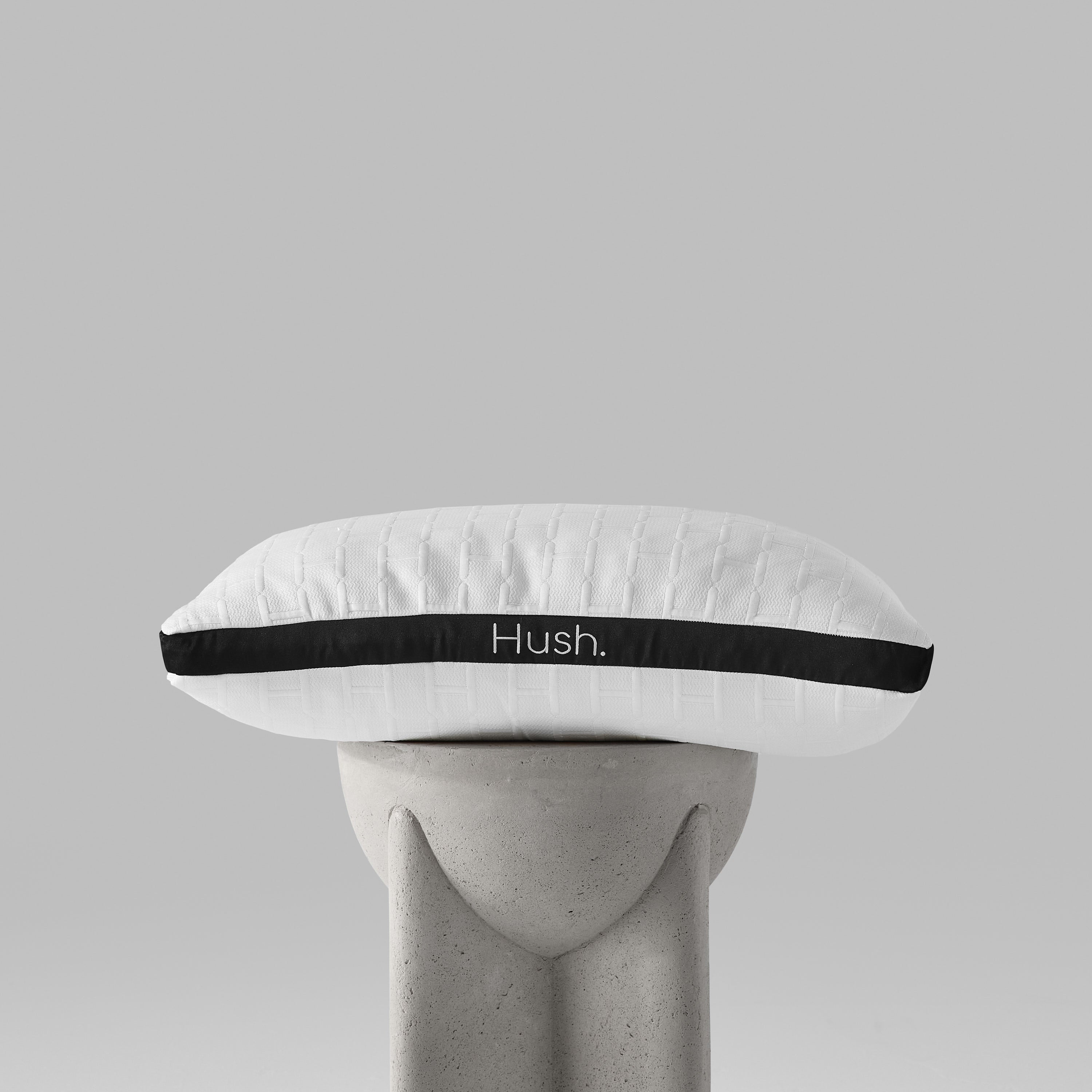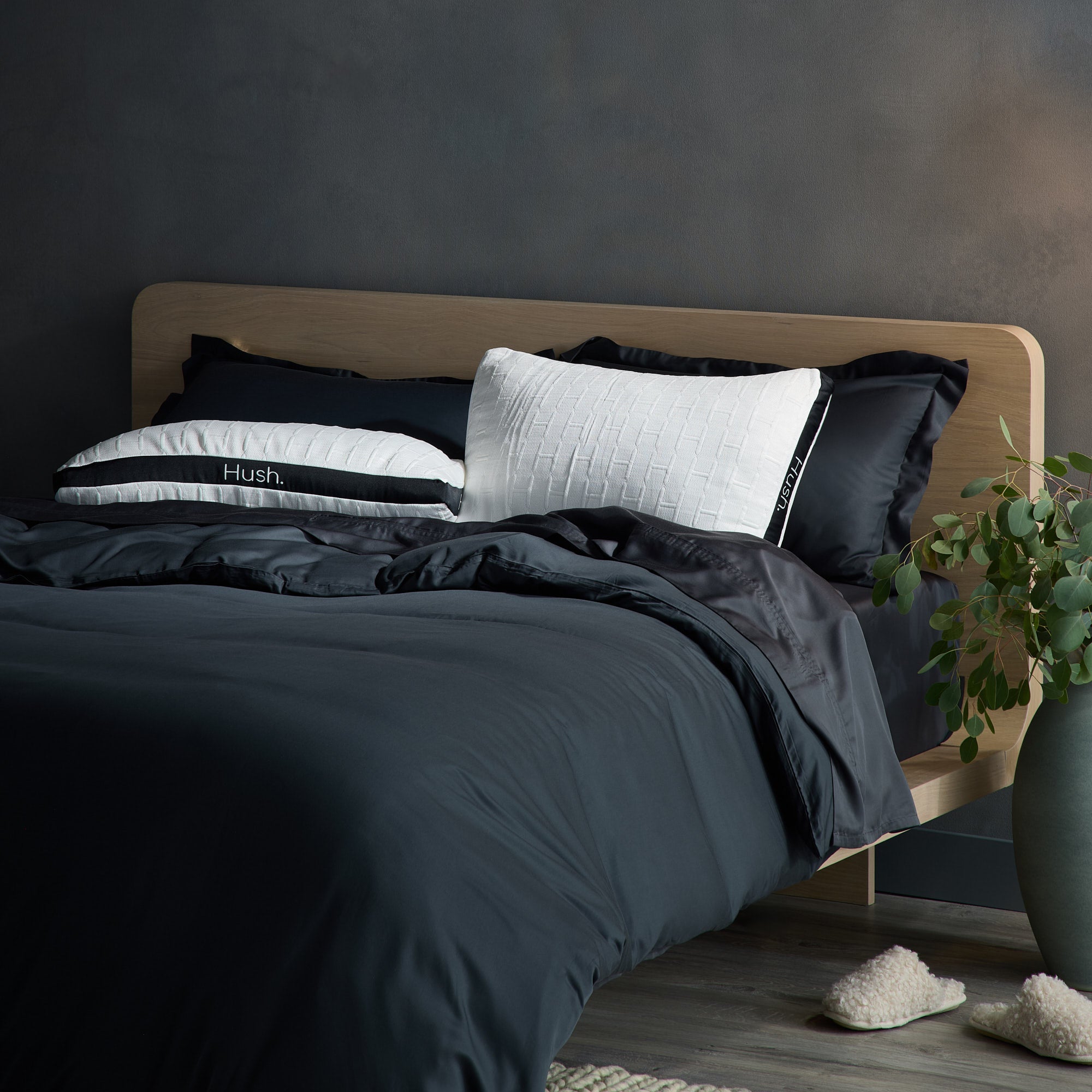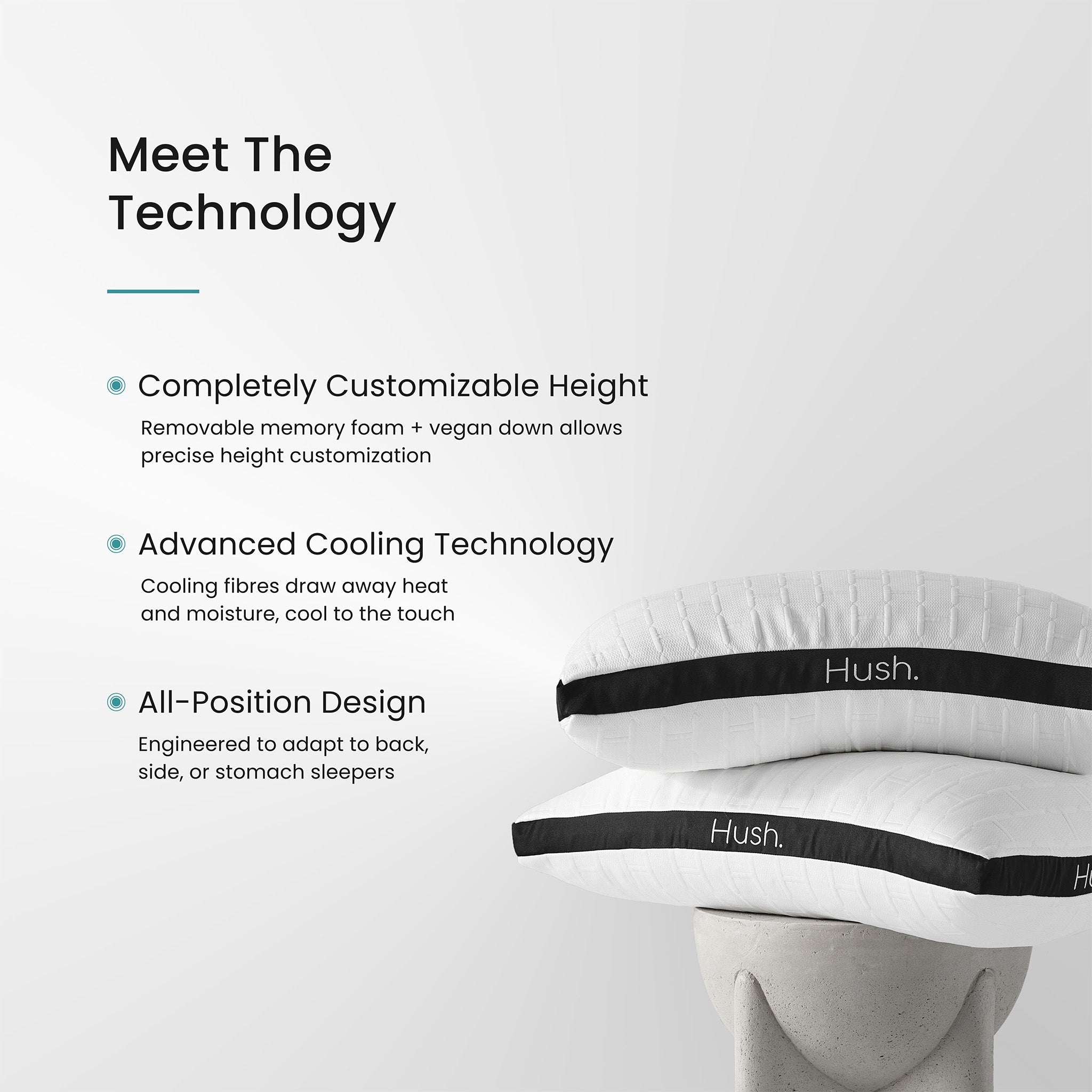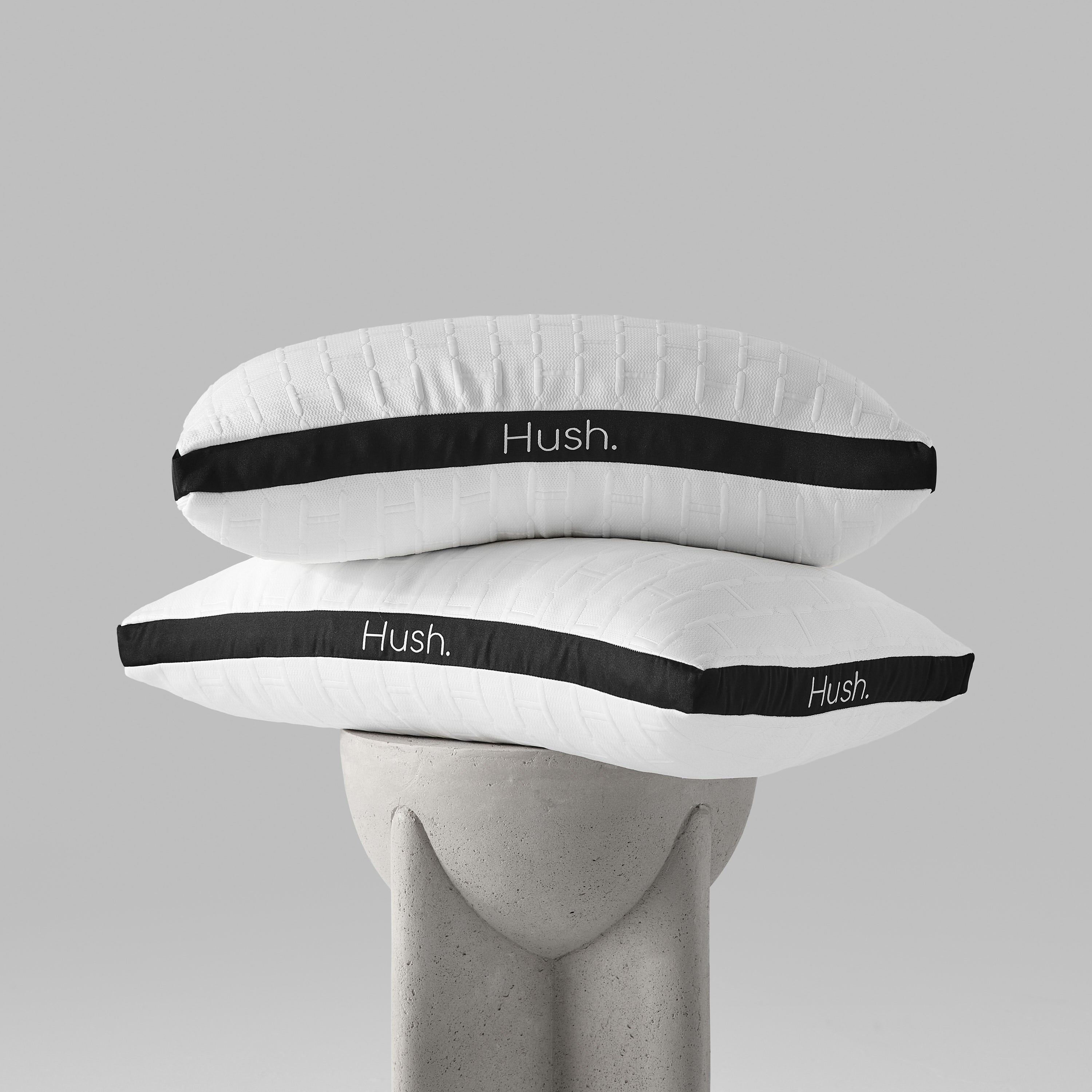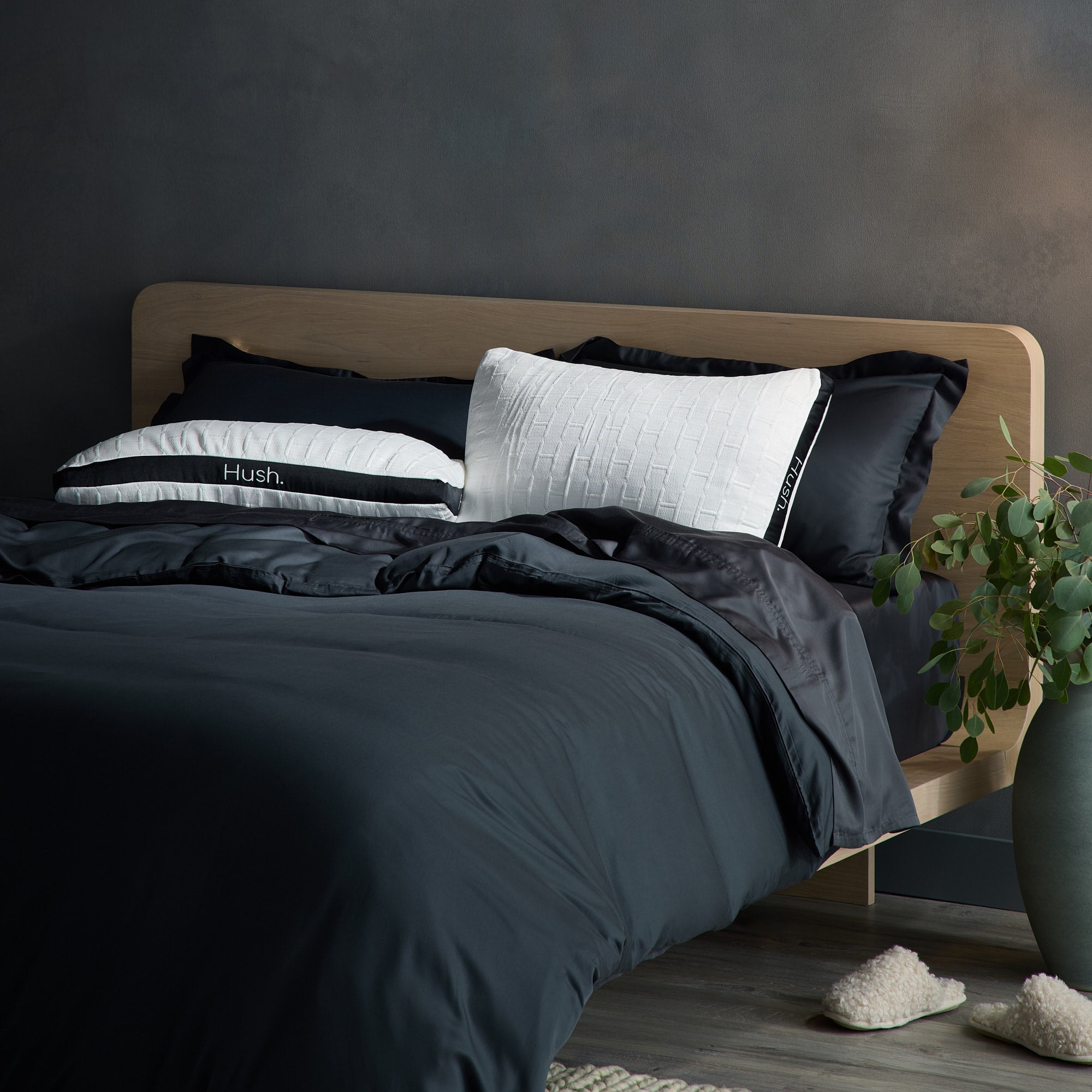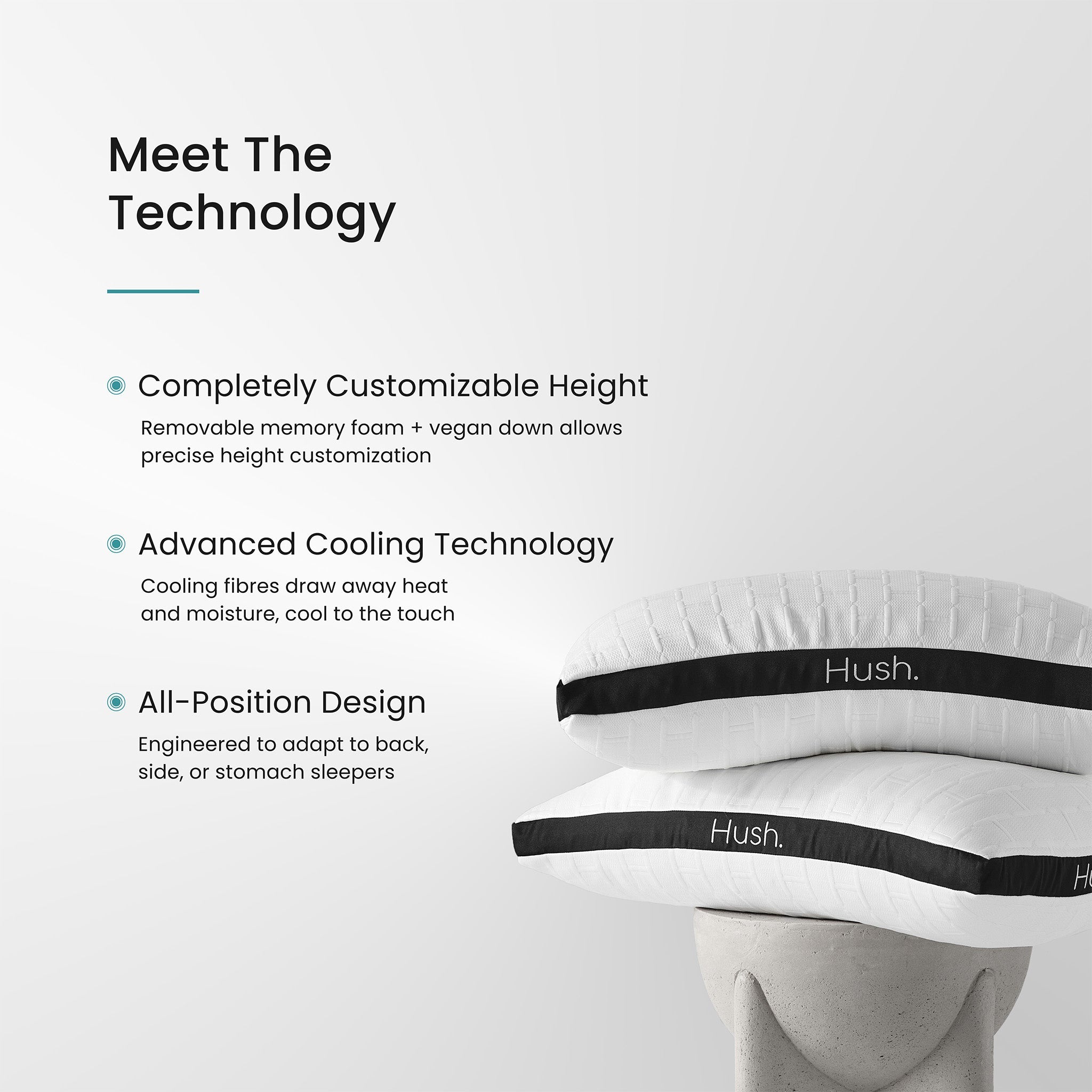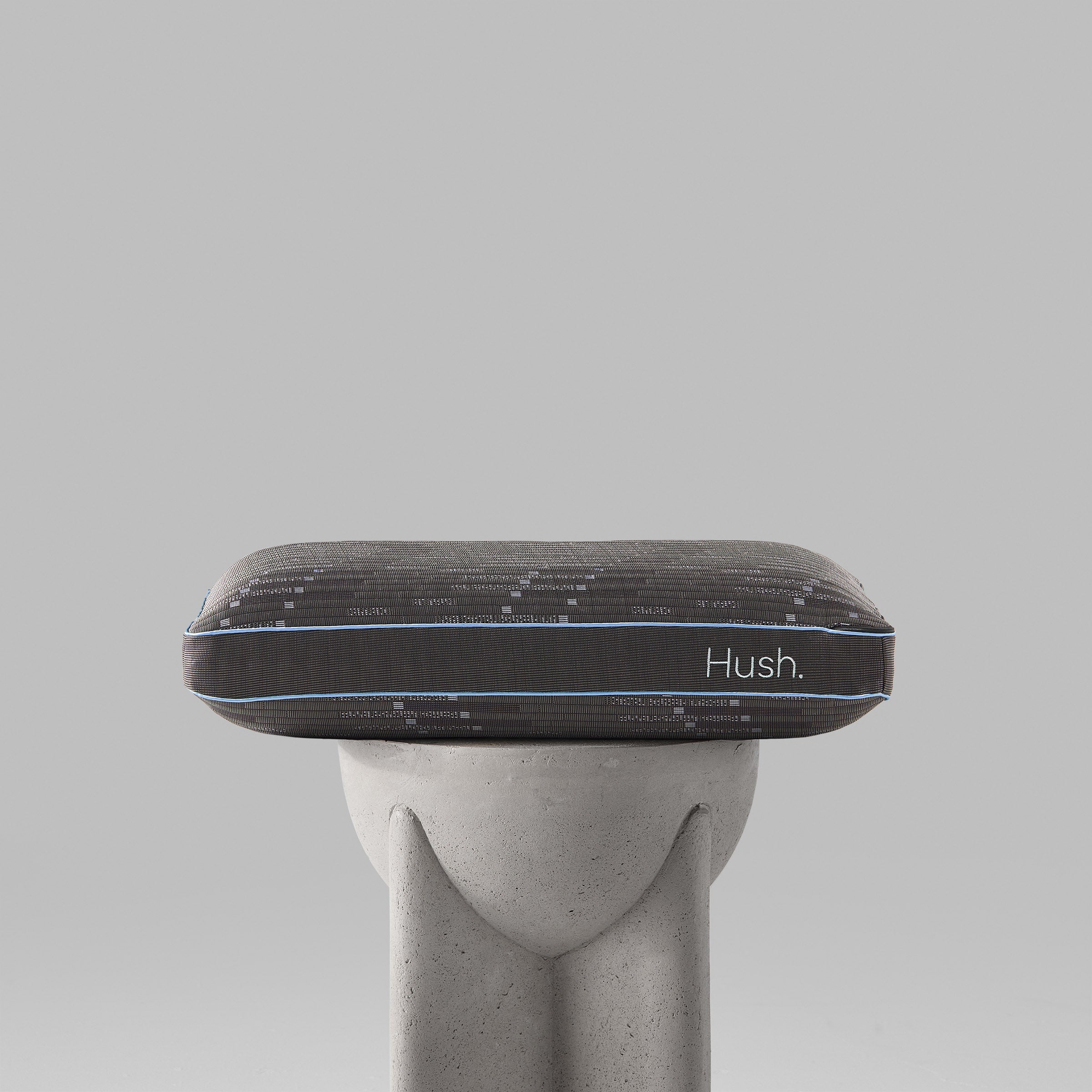
Sleep latency is a term that often gets tossed around when we're talking about sleep disorders, daytime sleepiness, and other issues that keep you from getting quality sleep. But while you may have heard this phrase (especially when trying to figure out why you've been struggling with sleep deprivation), you may not know what it means.
With this article, we've got you covered. We'll not only talk about what sleep latency is, but also how it affects your ability to get quality REM and deep sleep, how a multiple sleep latency test can help you identify why you're experiencing sleep onset issues, and what you can do to address your sleep latency problems.
What Is Sleep Latency?

In simple terms, your mean sleep latency is the average amount of time it takes for you to go from being fully awake to rapid eye movement (REM sleep). The amount of time it takes to fall asleep can vary from person to person, but in some cases, taking too long to reach sleep onset can lead to sleep deprivation and result in low-quality sleep.
Part of this idea is that, for the majority of the time you spend in bed, you should be sleeping. Pretty obvious, right? Researchers have narrowed this down into a term known as sleep efficiency. The more time you're actually asleep in bed, the more efficient of a sleeper you are — and the better you are at spending enough time in each sleep stage.
A sleep efficiency of 85% is considered normal. Above 90% means you're a great sleeper. If your sleep efficiency is less than 85%, you likely aren't getting enough sleep. This can lead to a sleep debt that leaves you feeling ready to conk out the moment you start work each morning.
Poor sleep latency isn't a condition in and of itself — instead, it's a symptom that is typically tied to other sleep disorders or to conditions like restless legs syndrome, PTSD, and anxiety. If you're struggling with insufficient sleep night after night and experiencing extreme daytime fatigue, a sleep study may be necessary to get to the bottom of it.
How to Improve Sleep Latency

Just about everyone would like to reduce their sleep latency — and for many of us, it only requires a few changes to our lifestyle and sleep environment.
Create a Calming Bedtime Routine
We're creatures of habit — there's a reason why businesses open and close at the same time each day, or why most people will typically eat dinner around the same time each night. The same is true of when we go to sleep. Going to bed at the same time each night after your bedtime routine will tell your body it's time for slumber, improving sleep latency.
A consistent bedtime ritual can relax your body and put you in the right frame of mind for sleep. For example, a warm bath helps reduce body temperature, which helps you fall asleep. Yoga, stretching, and meditation can release muscle tension and help clear your mind. Reading a book or journaling can also be soothing pre-bed activities. Find what works for you, and do it each night as you get ready for bed.
Create the Ideal Sleep Environment
A dark, cool environment is best for sleeping. Keep the temperature around 68 degrees Fahrenheit. If that makes your feet feel like ice blocks, go ahead and wear socks to bed — keeping your feet warm can help you sleep better, too.
Try to block unwanted sources of light and noise. Blackout curtains or an eye mask can block light while a white noise machine can create a soft background hum that will cover up the sound effects from your next-door neighbor's home theater. This can be especially helpful for those who do shift work and sleep at unusual hours.
Sleep With a Weighted Blanket
As part of creating a sleep environment that reduces sleep latency, consider using a weighted blanket. Weighted blankets relieve feelings of stress and anxiety that can keep you tossing and turning instead of drifting off to sleep. Through deep touch pressure therapy, the gentle weight of the blanket provides a soothing sensation that helps the body release serotonin and melatonin so you can fall asleep faster.
Know What to Avoid
If you want to reduce sleep latency, there are a fair number of "don'ts" you'll want to be aware of. Avoid blue light exposure during the three hours before bedtime — no more late-night cat videos on YouTube. This can keep your body from producing melatonin. You should also avoid caffeine and hard-to-digest fatty foods in the hours before going to bed.
When Should You Consider a Multiple Sleep Latency Test?

Sleep studies can help identify a wide variety of sleep disorders, including obstructive sleep apnea and insomnia. Multiple sleep latency tests (MSLTs) are usually ordered when your healthcare provider believes that narcolepsy, idiopathic hypersomnia, or another disorder is interfering with sleep latency and normal wakefulness. These studies are also sometimes called daytime nap studies.
Most people won't need to get to this stage. They’ll find a few lifestyle changes are enough to improve sleep latency. However, if improving your sleep hygiene doesn't seem to help, you may need some extra sleep med intervention at a sleep laboratory.
You'll need to block off your calendar to schedule your MSLT. According to the American Academy of Sleep Medicine (AASM), MSLTs use a series of tests during a single day at a certified sleep center.
The MSLT is a follow-up to a standard sleep study. The night before your MSLT, you will spend the night at a sleep center to check for other disorders. Doctors use polysomnography (PSG) to monitor sleep patterns, oxygen level, heart rate, limb movement, and more during the night.
For the actual MSLT, you will have five "nap trials" monitored by health care professionals. During each trial, you will lie down in a bed in a darkened room and try to fall asleep. The study uses EEG sensors that monitor your brain waves and breathing to determine when you've fallen asleep. If you don't fall asleep after 20 minutes, the trial ends. If you do fall asleep, you get woken up after 15 minutes.
Each nap test is separated by two-hour breaks, so sleep medicine specialists can figure out your mean sleep latency.
Before taking an MSLT, specialists will typically have you keep a sleep diary so they can better understand your sleep habits. You may be asked to record your wake and sleep times as well as a sleepiness scale for how you felt during the day. They will also want to know if you take antidepressants or use any stimulants (including caffeine) that could extend your sleep latency. After the test, doctors will use this information to make a sleep disorder diagnosis and recommend treatment.
For example, if you receive a diagnosis of narcolepsy, your sleep specialist may recommend stimulants, serotonin inhibitors, or antidepressants to help you stay awake during the day and address other side effects, such as cataplexy (muscles that suddenly go limp).
If obstructive sleep apnea is to blame for your sleep disturbances, your doctor will likely recommend CPAP therapy. This is the use of a CPAP machine to provide a steady flow of air to keep your breathing passages from collapsing during sleep.
Improve Sleep Latency With a Weighted Blanket

Extended sleep latency can disrupt your body's circadian rhythm and leave you struggling with excessive daytime sleepiness on a constant basis. But there are ways to get the rest you deserve.
Hush Blankets is a key part of the puzzle of reducing sleep latency. Our weighted blankets use deep touch pressure therapy to soothe the body and relieve feelings of stress, anxiety, and other conditions that reduce sleep efficiency.
We know our high-quality weighted blankets will be just what you need to improve your sleep latency and increase your total sleep time. Buy one today and feel the difference for yourself.